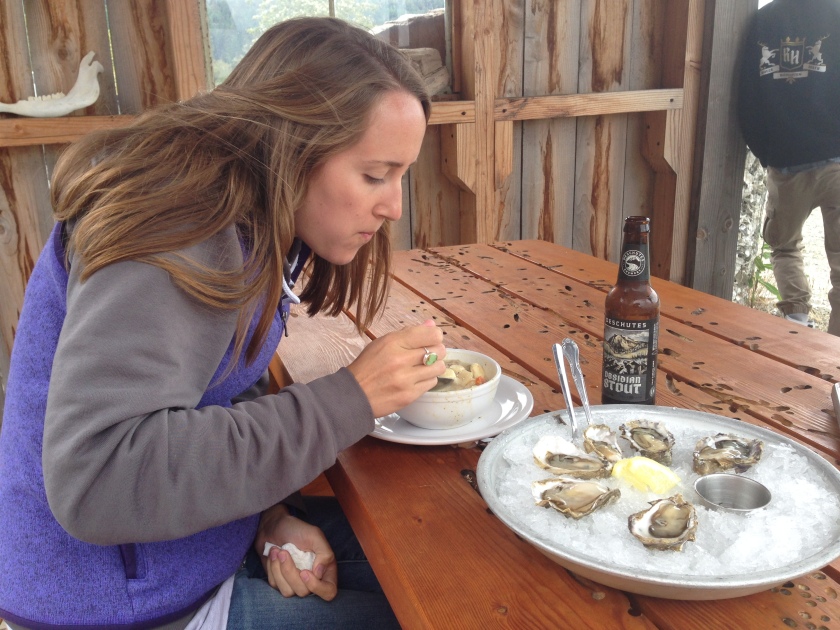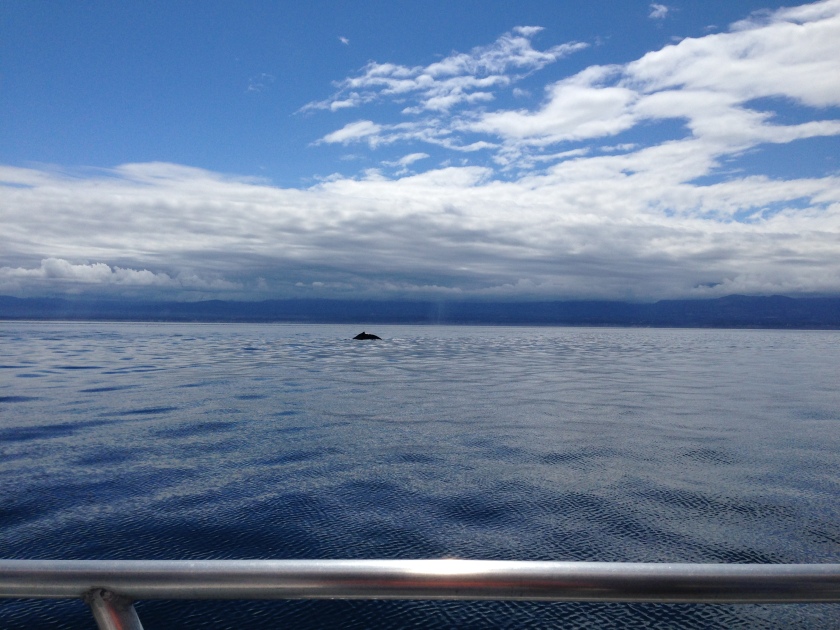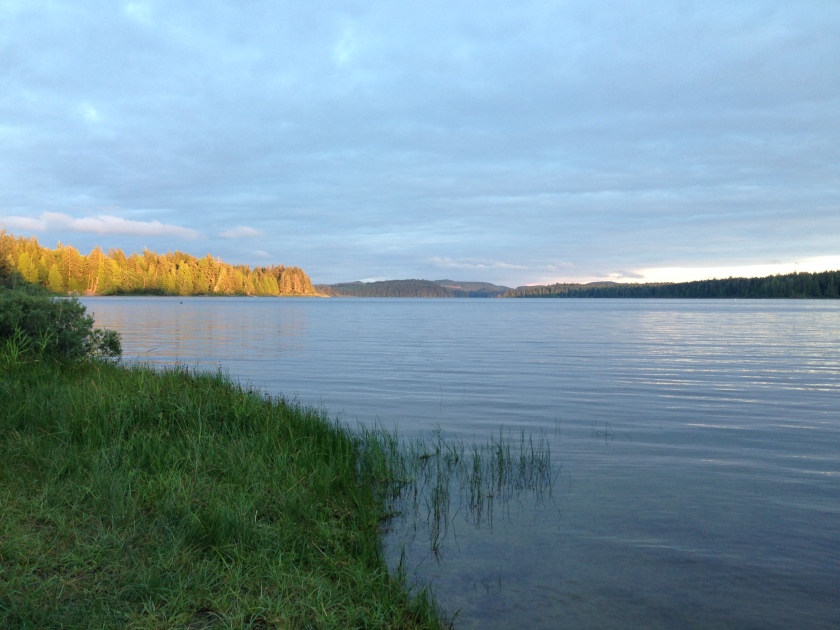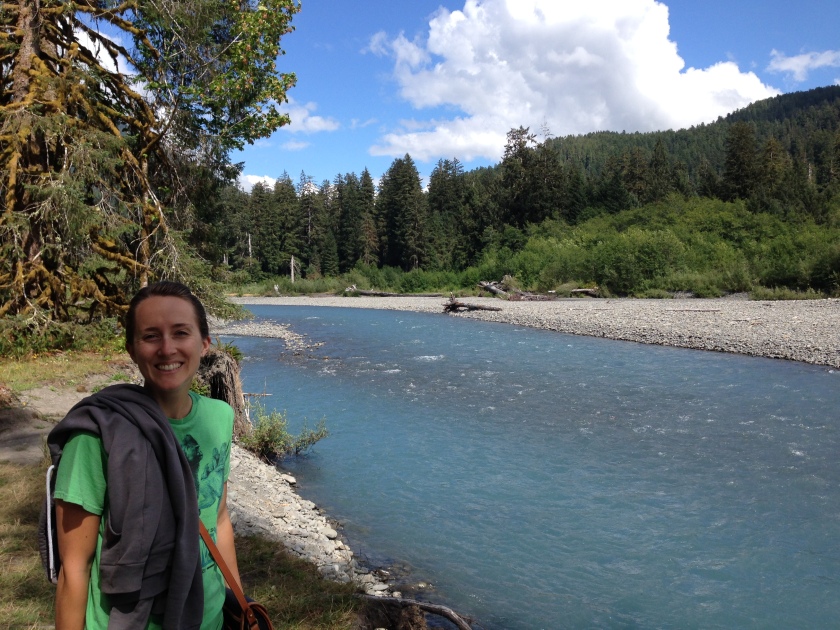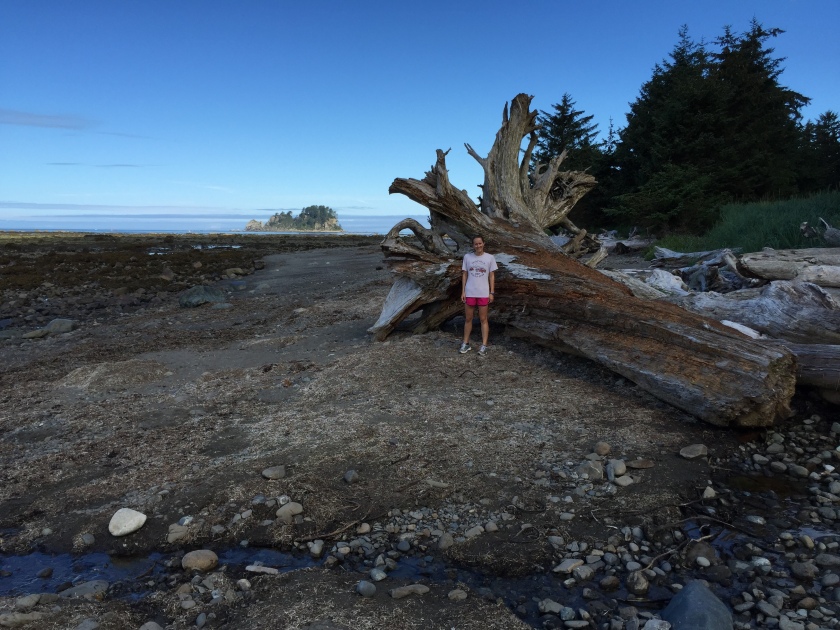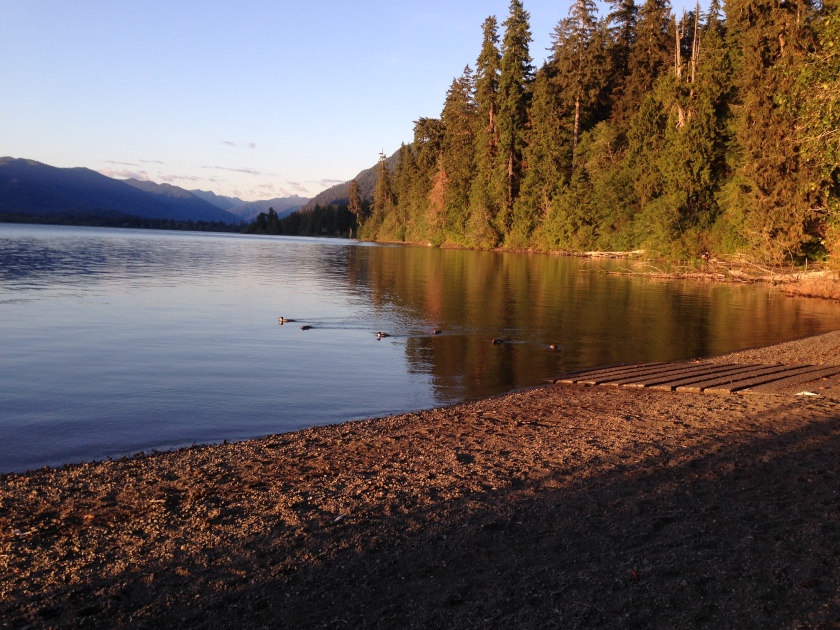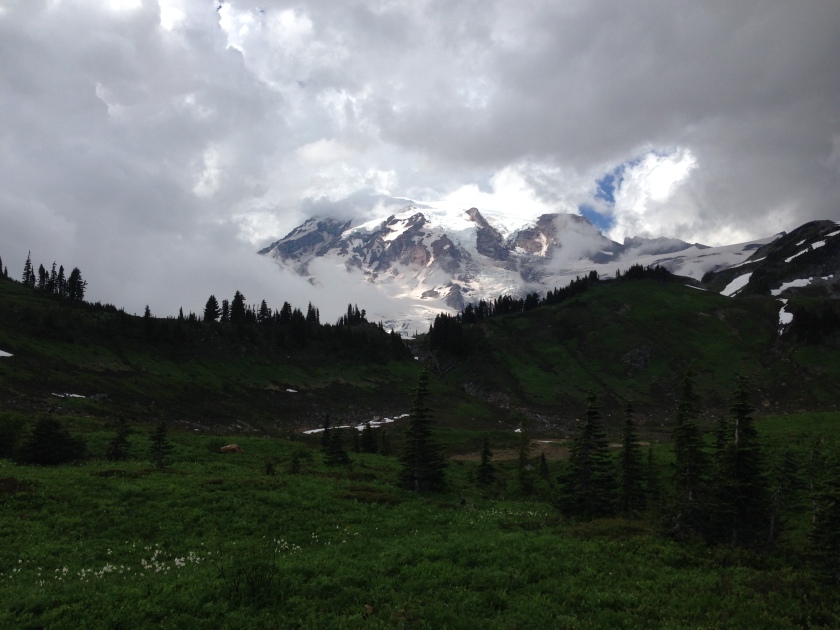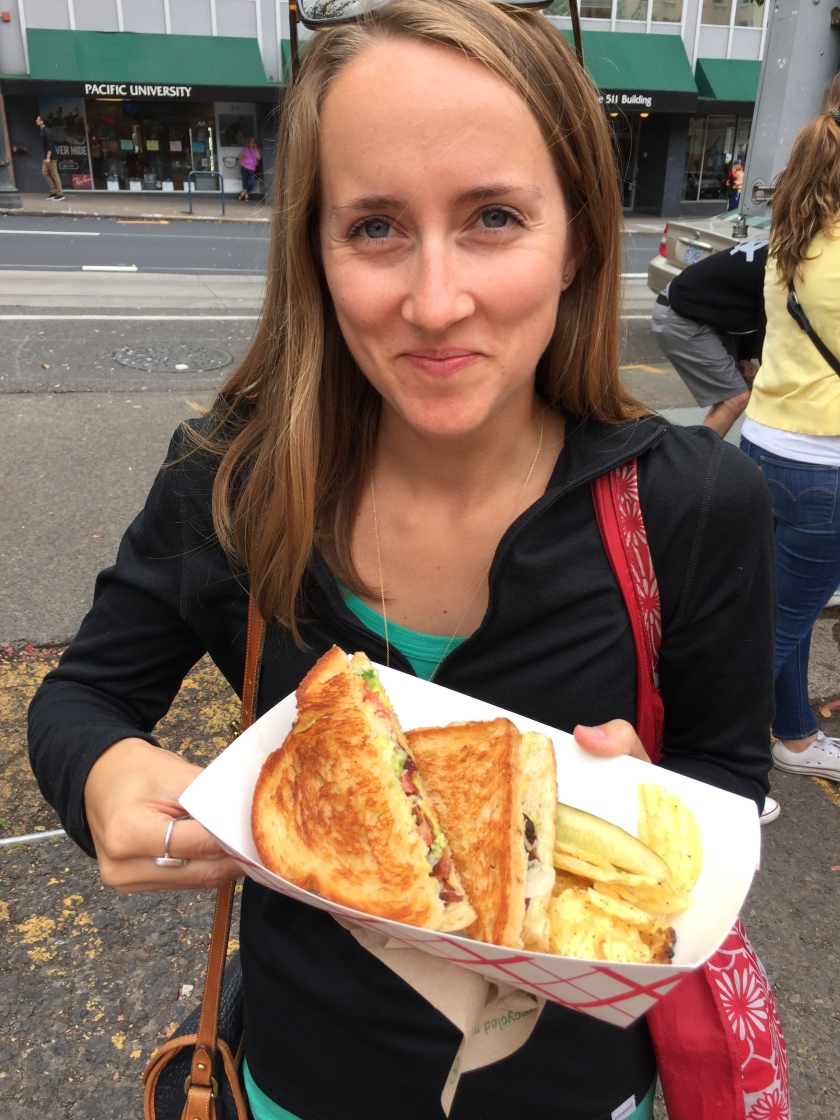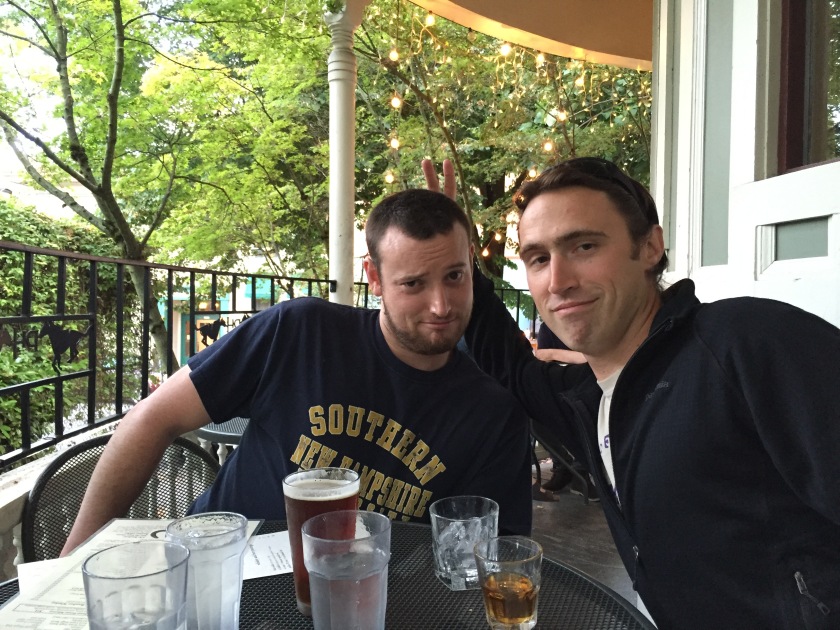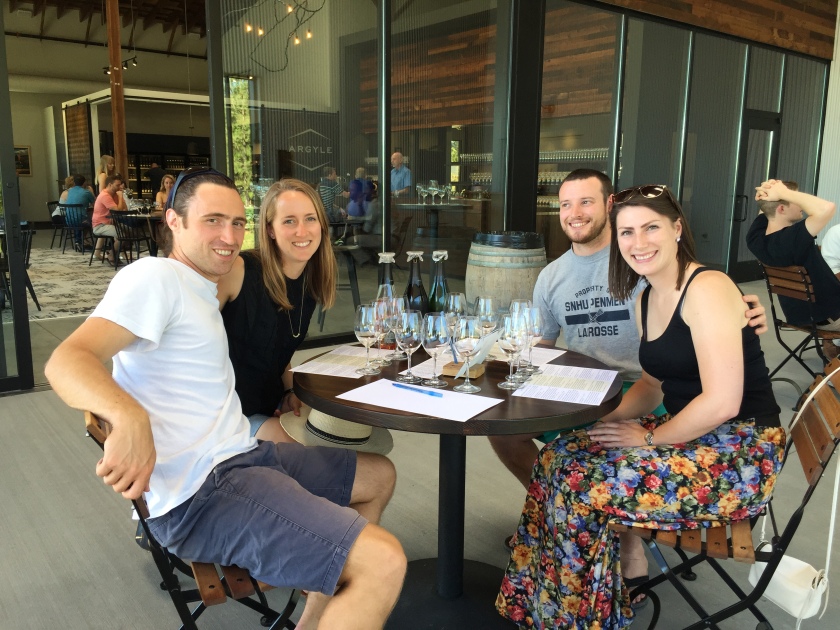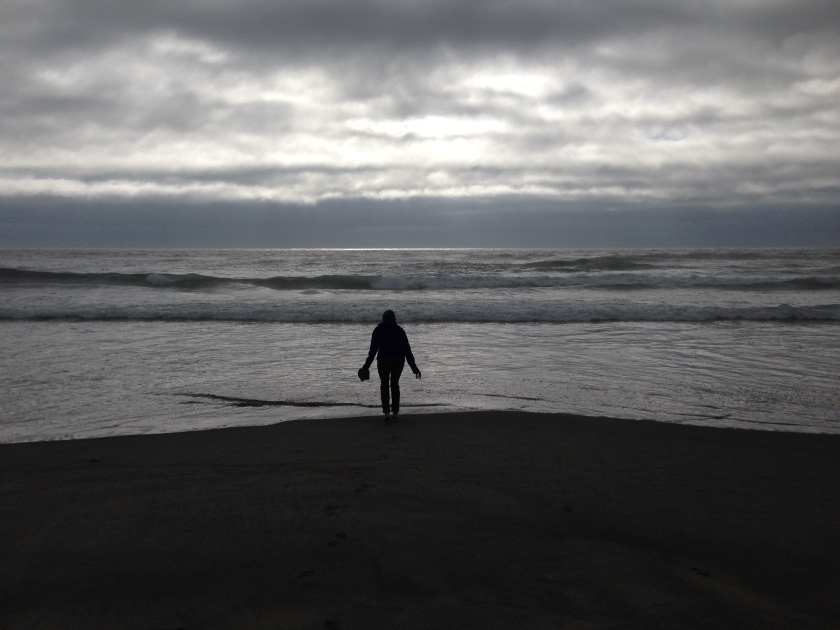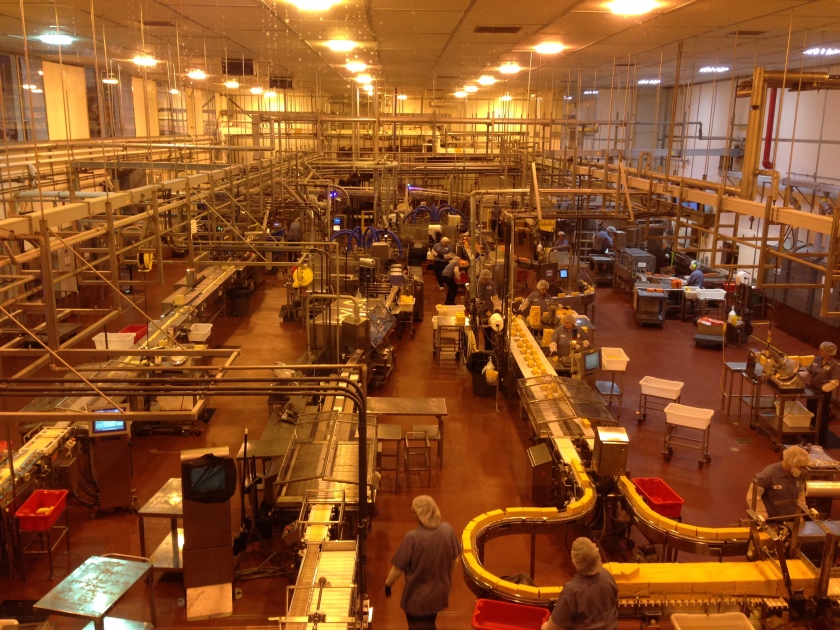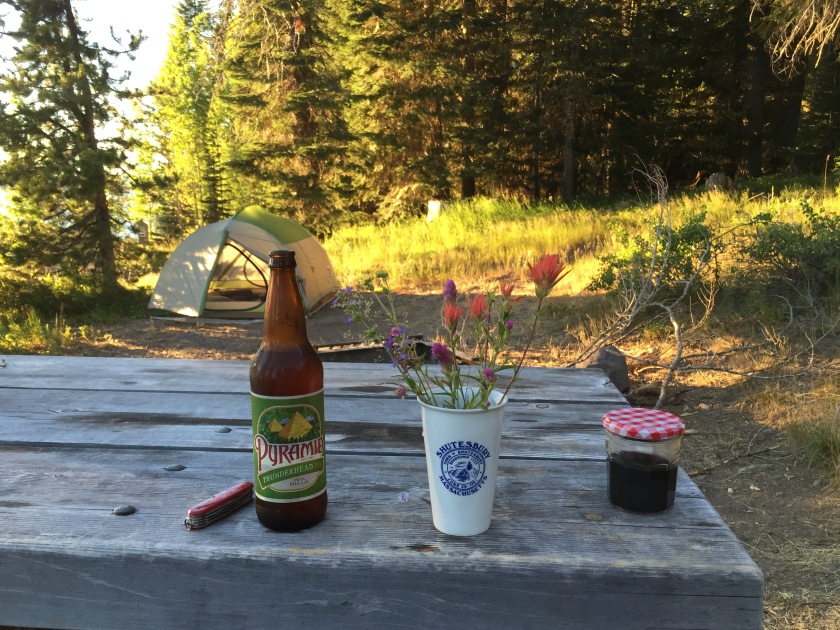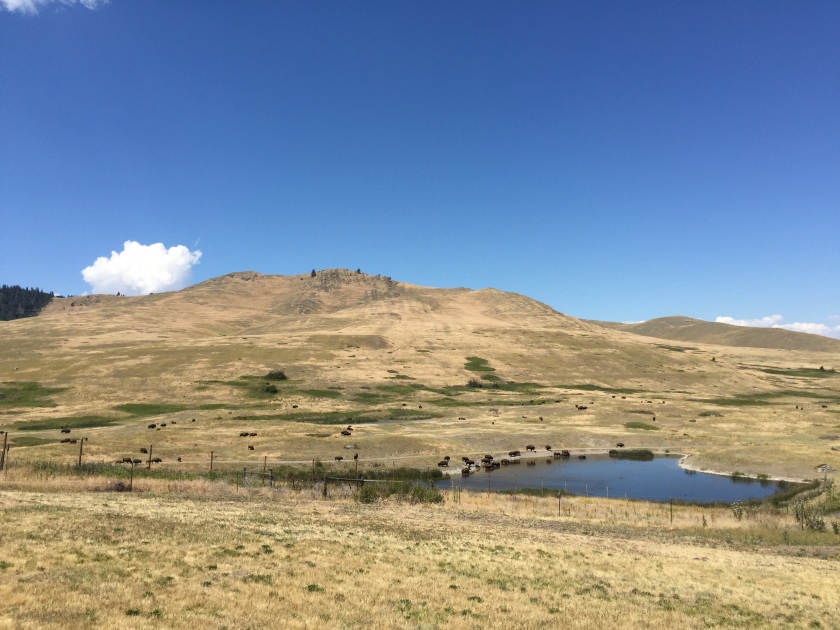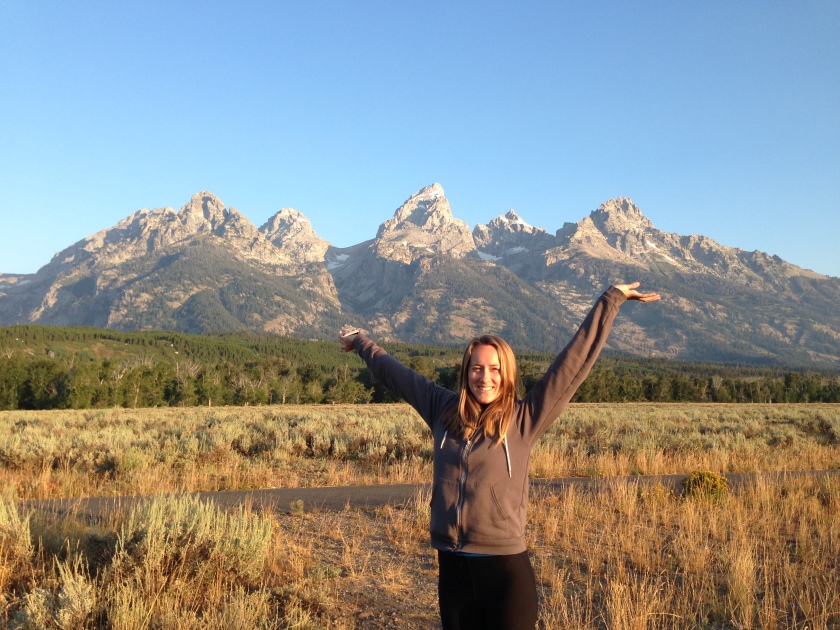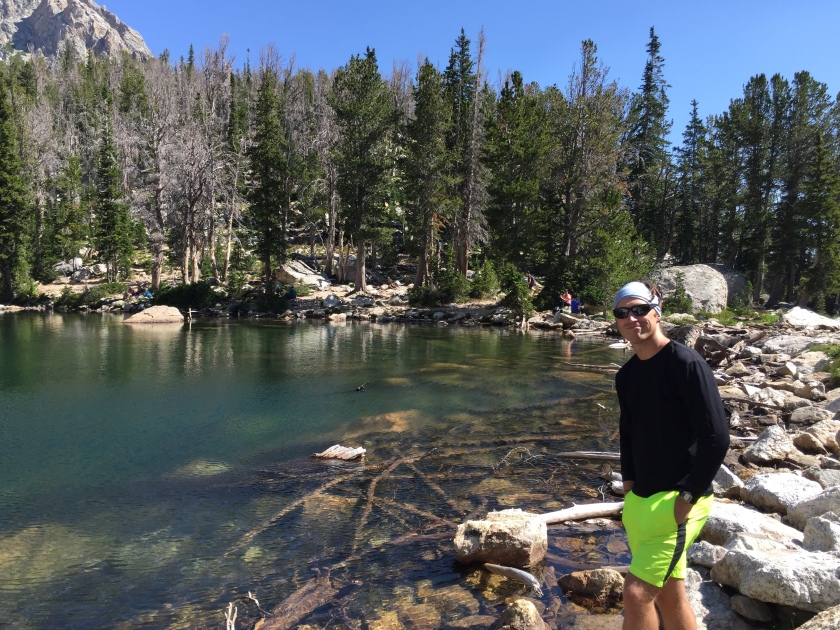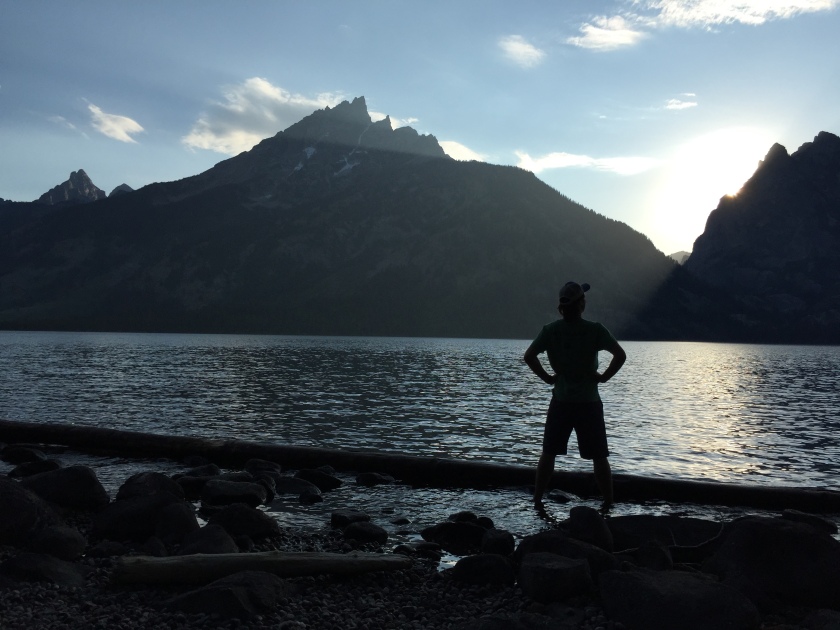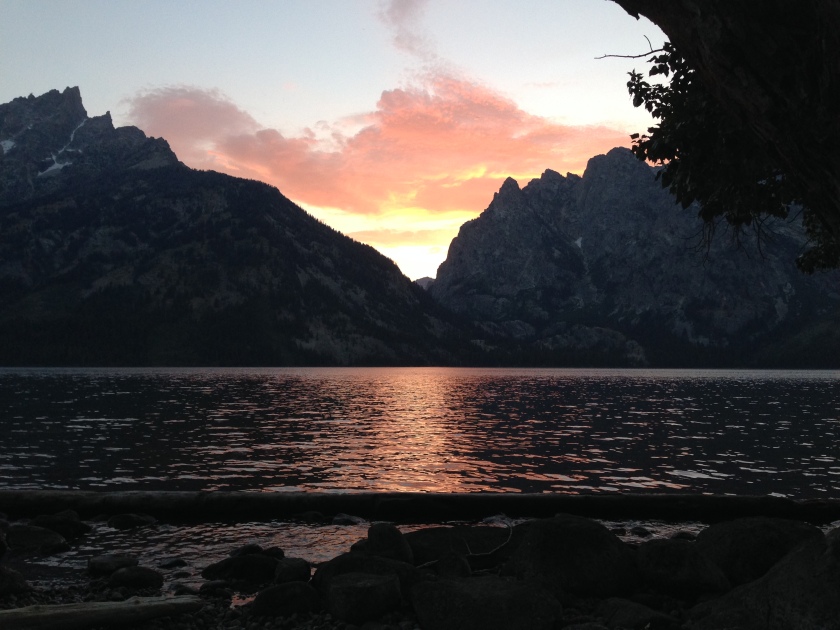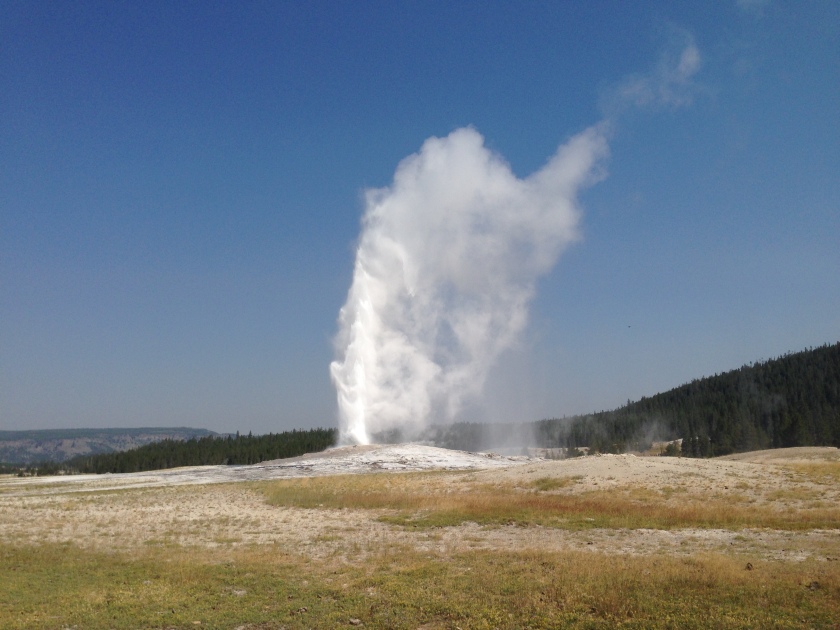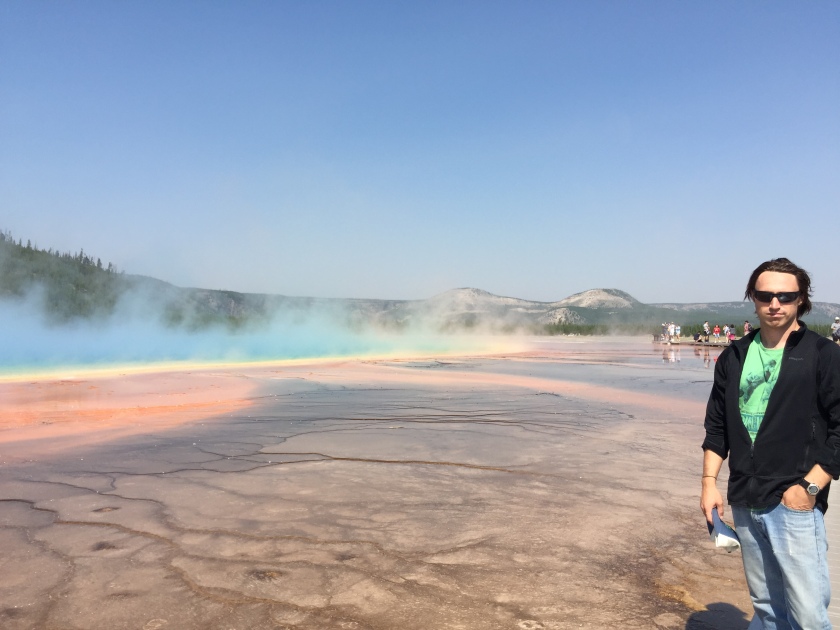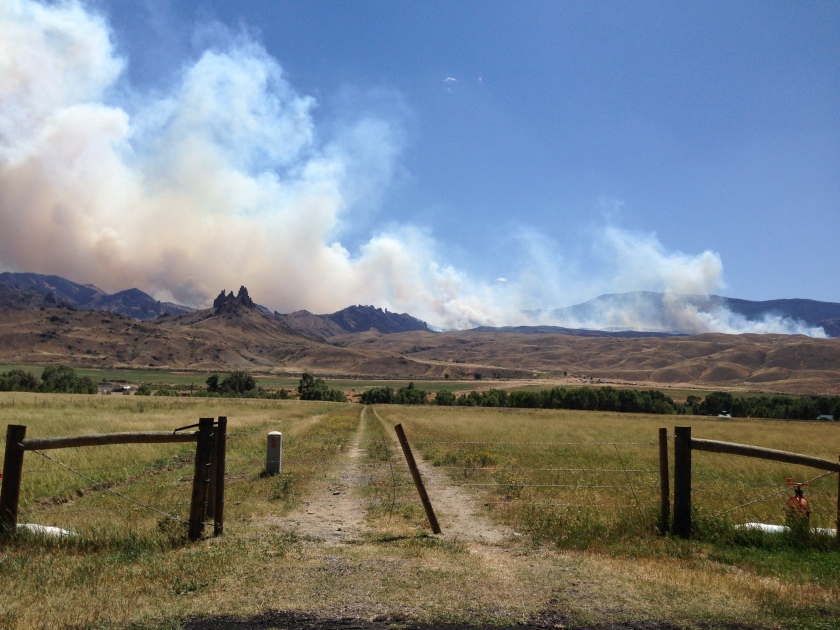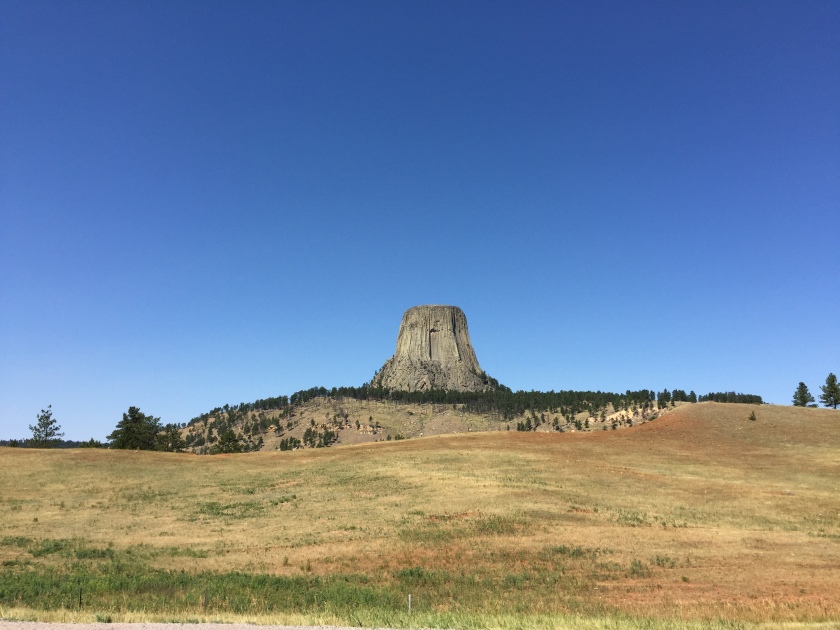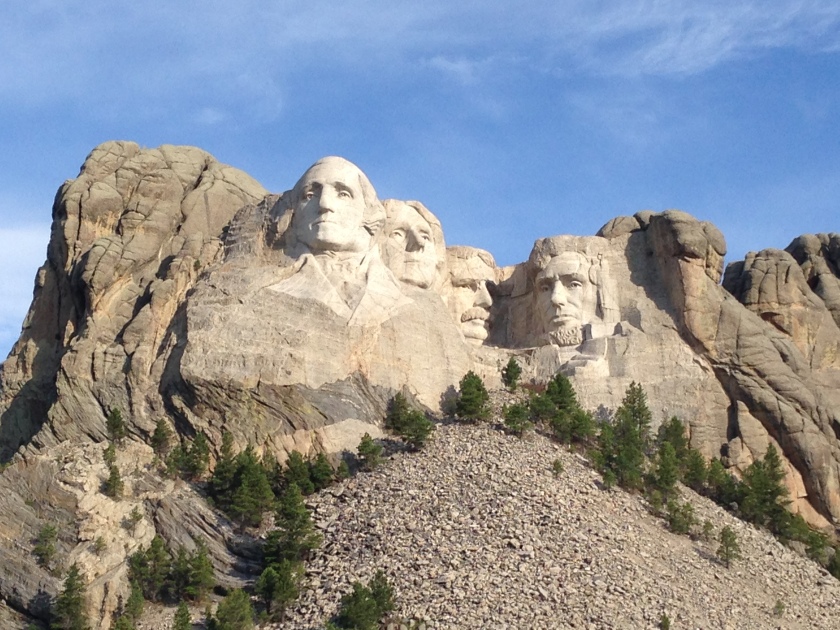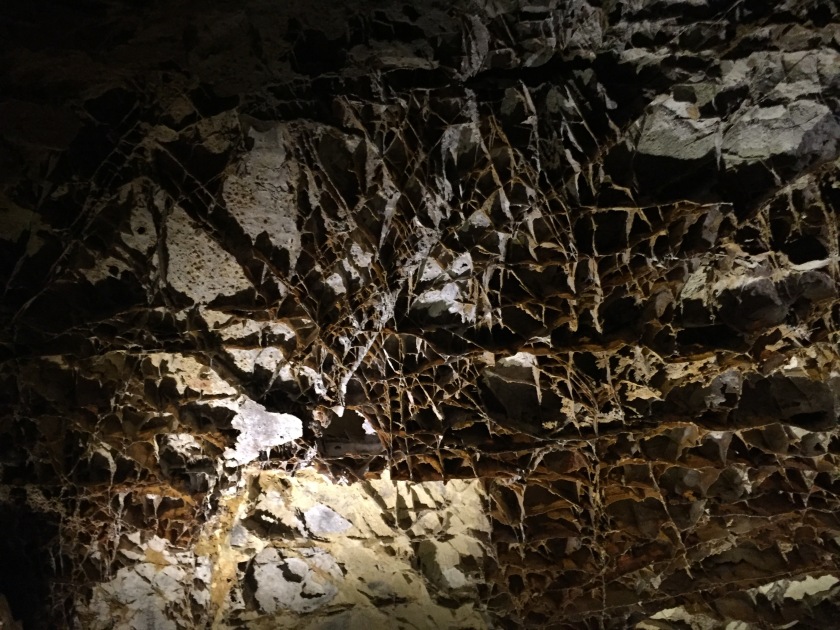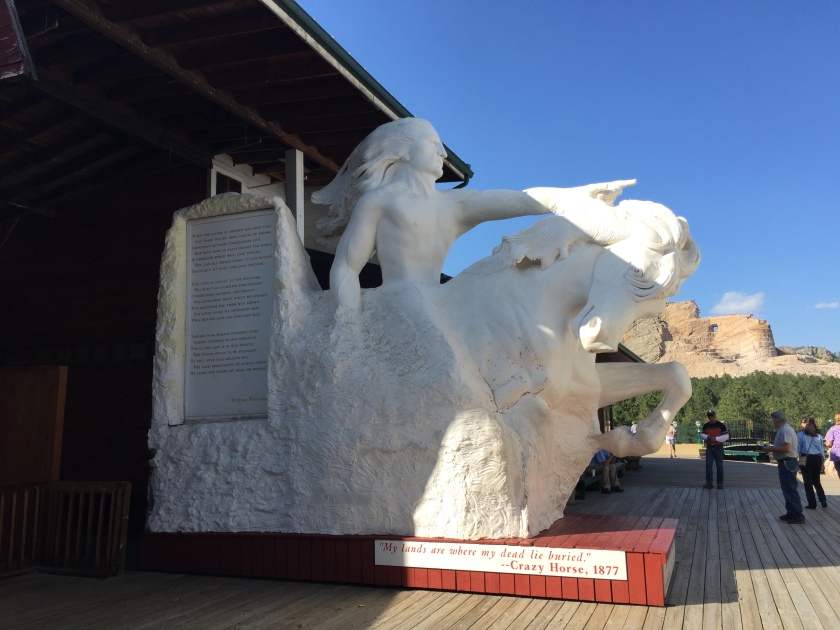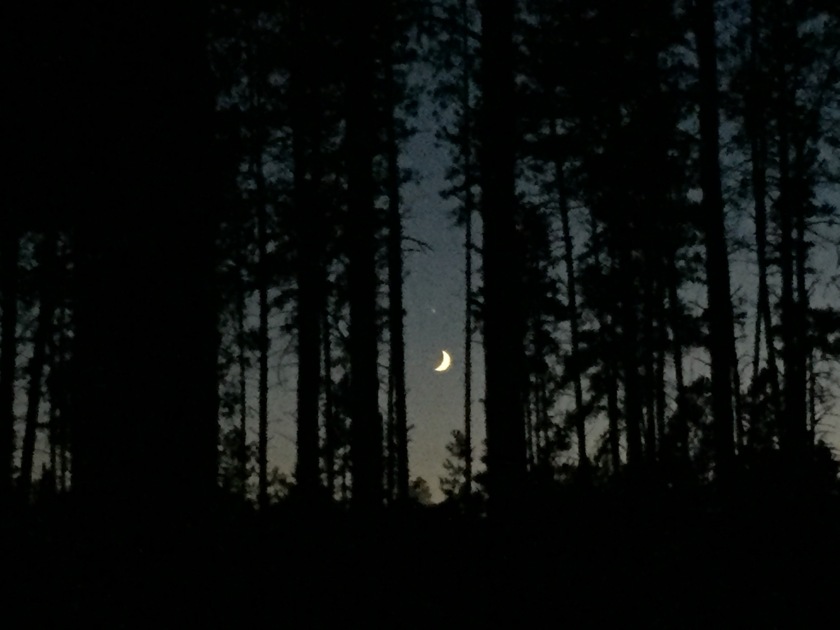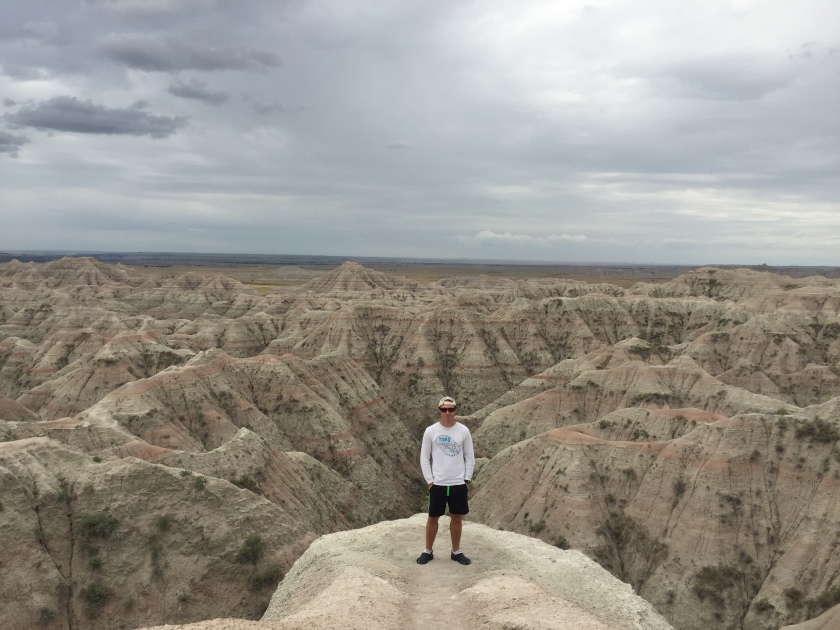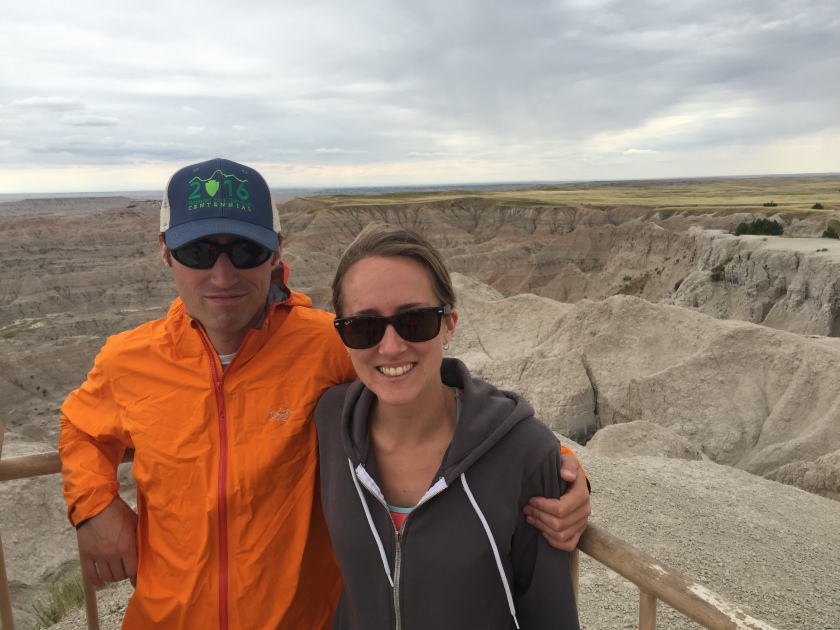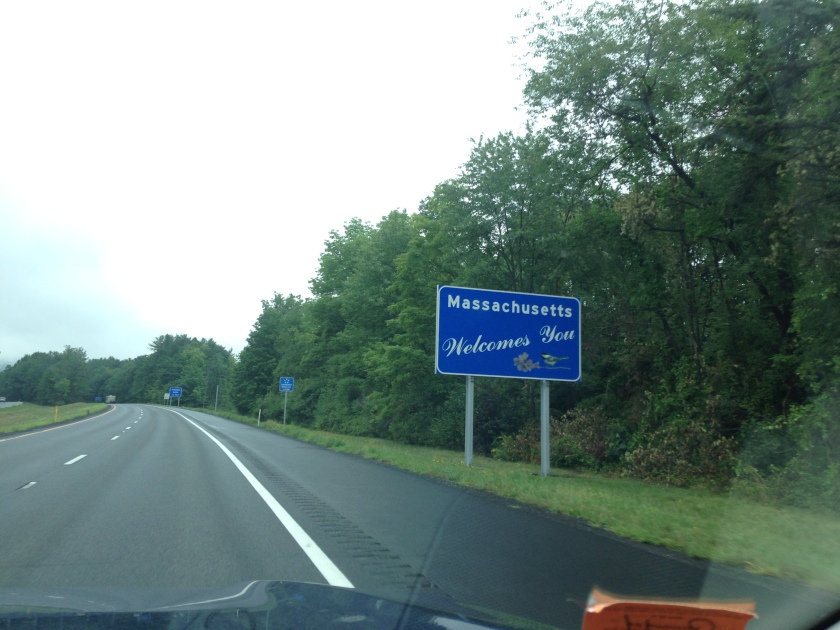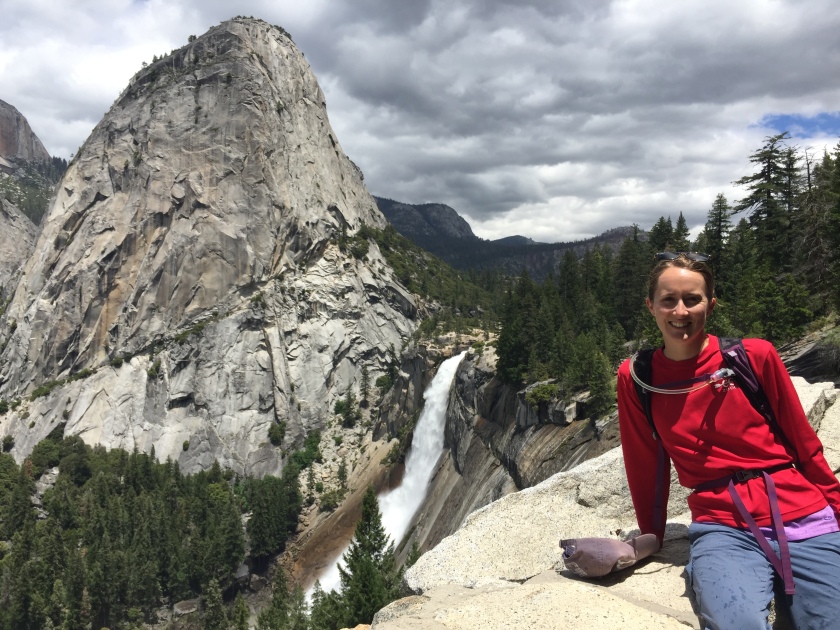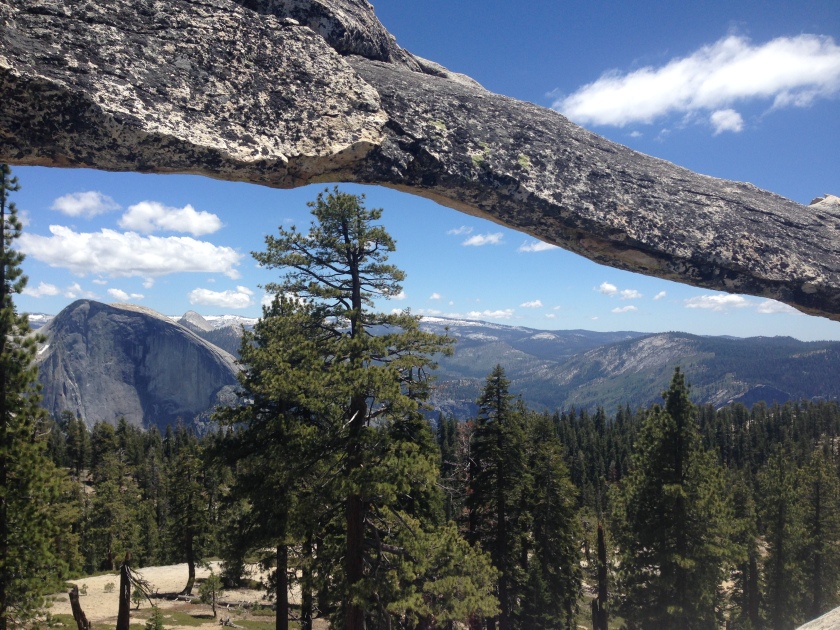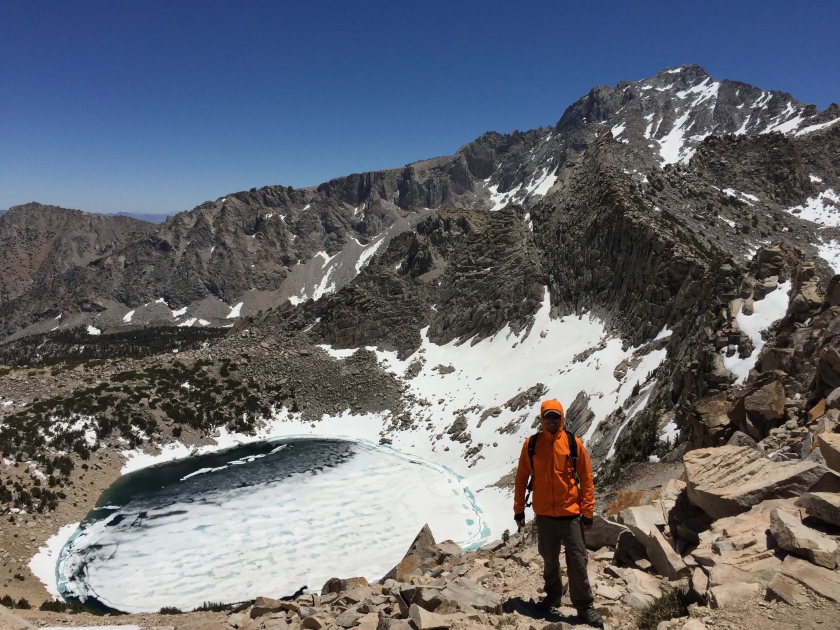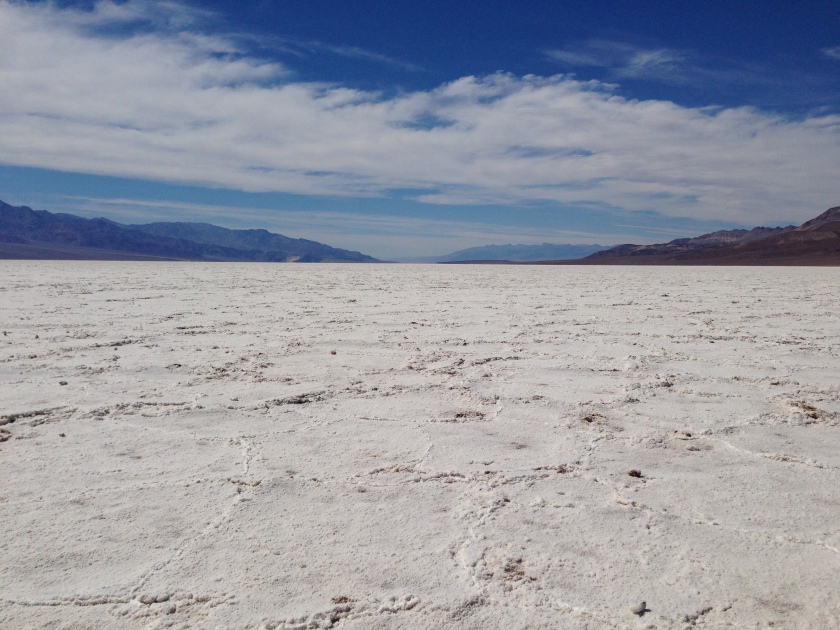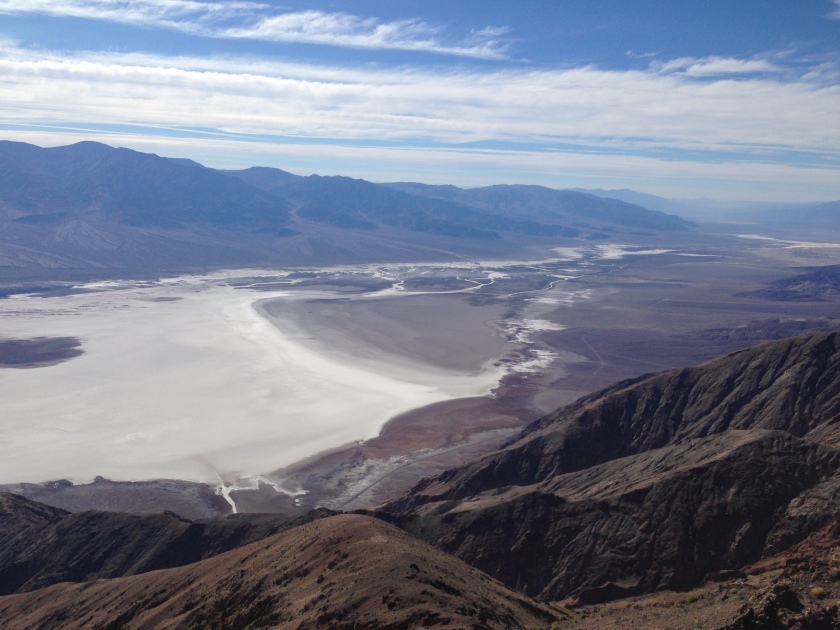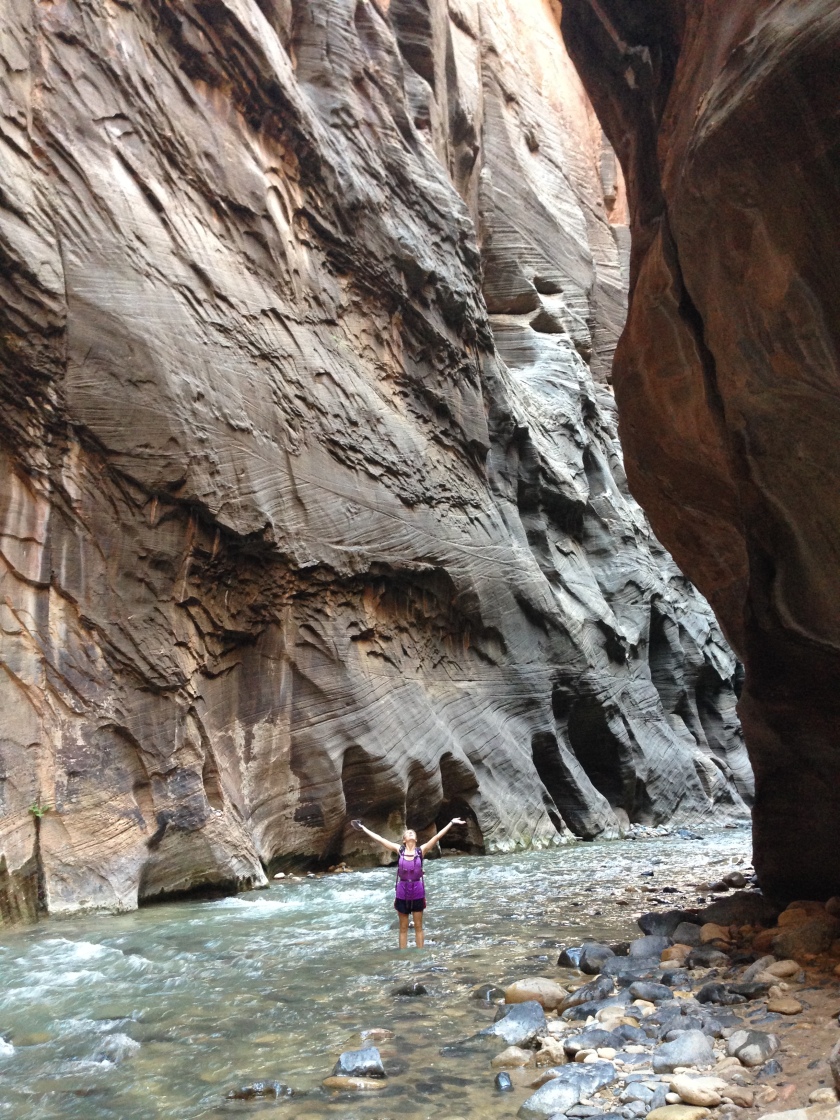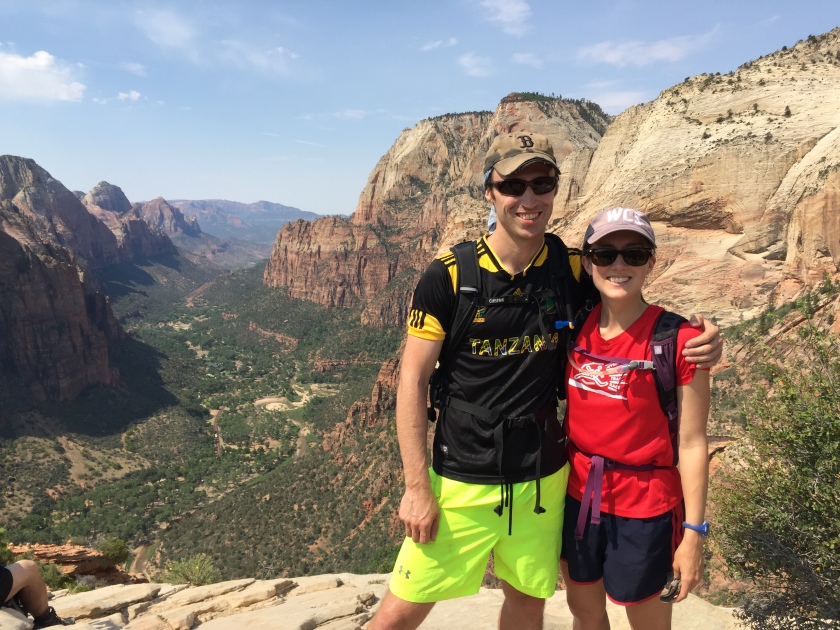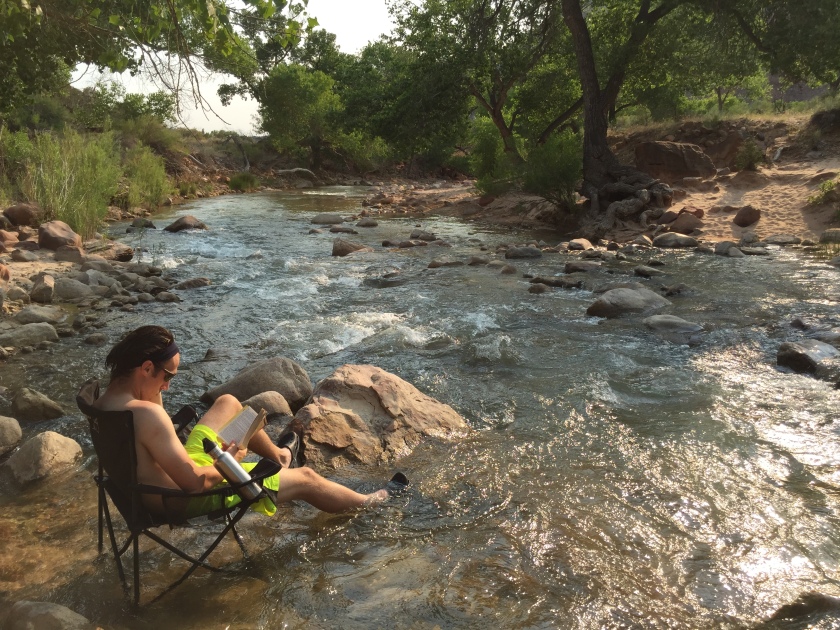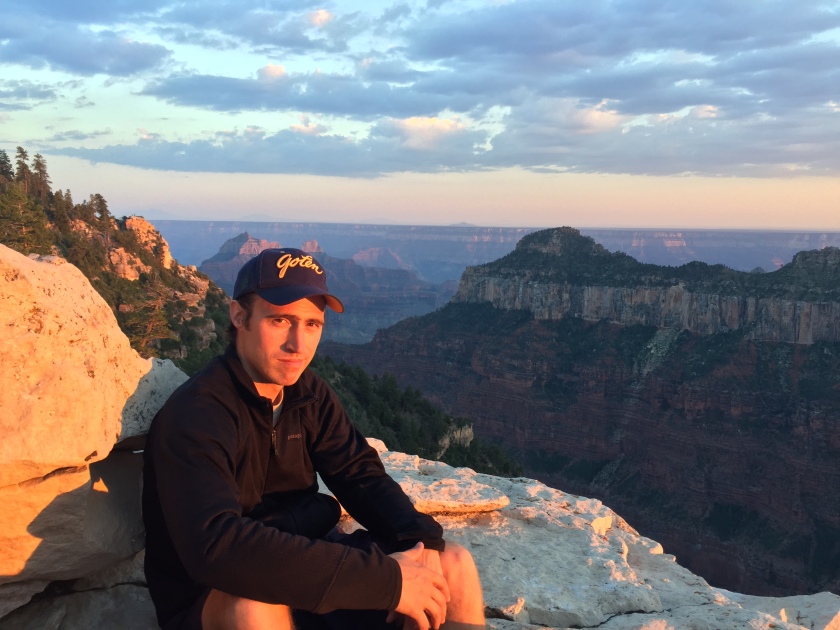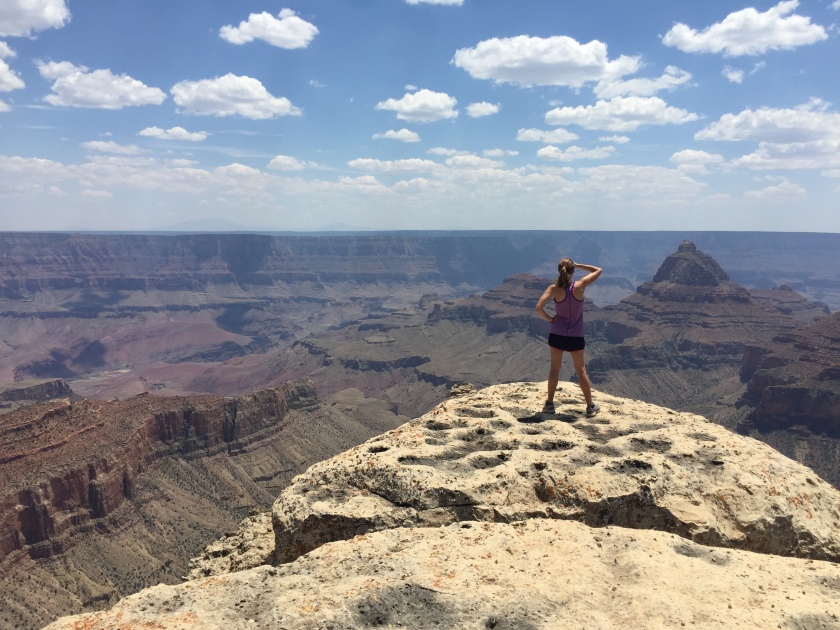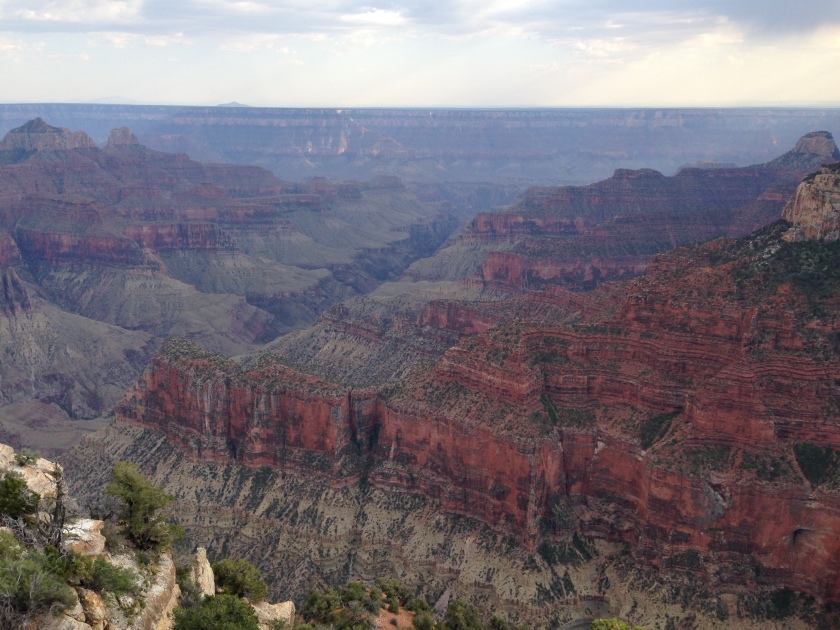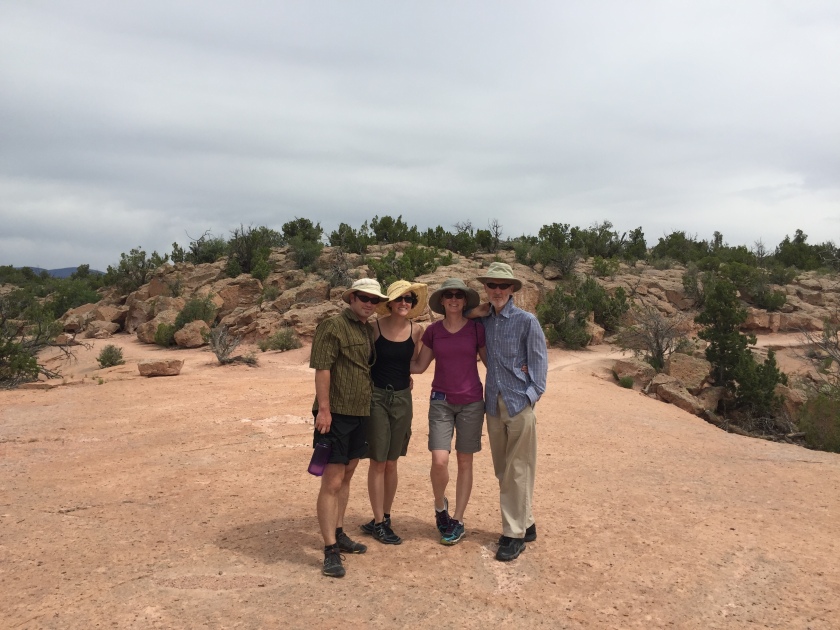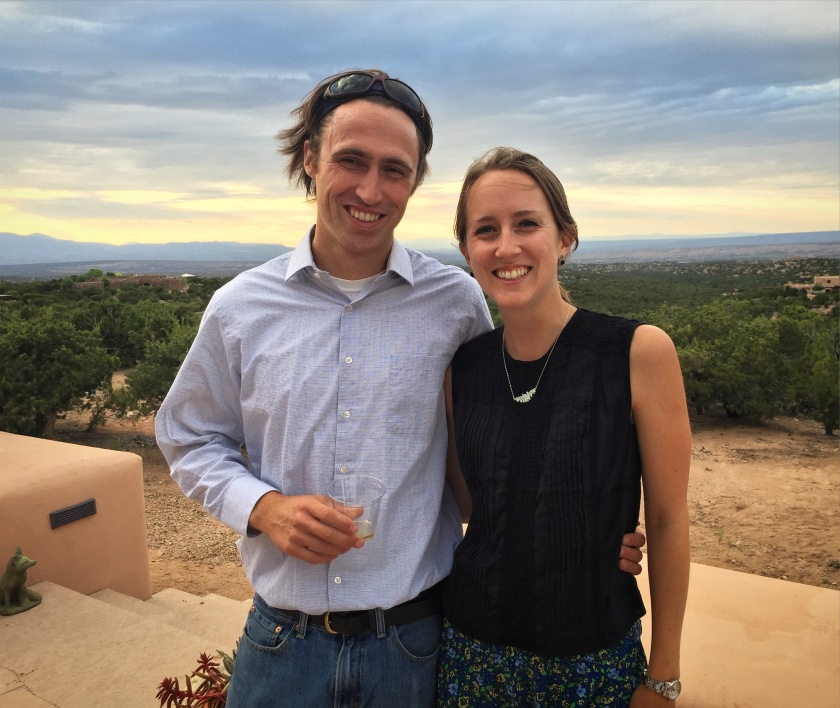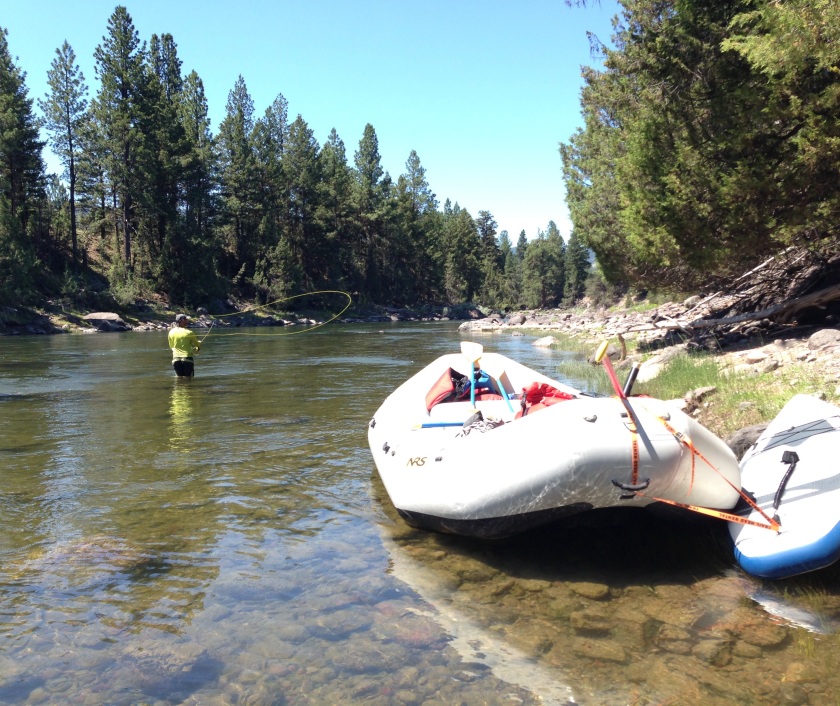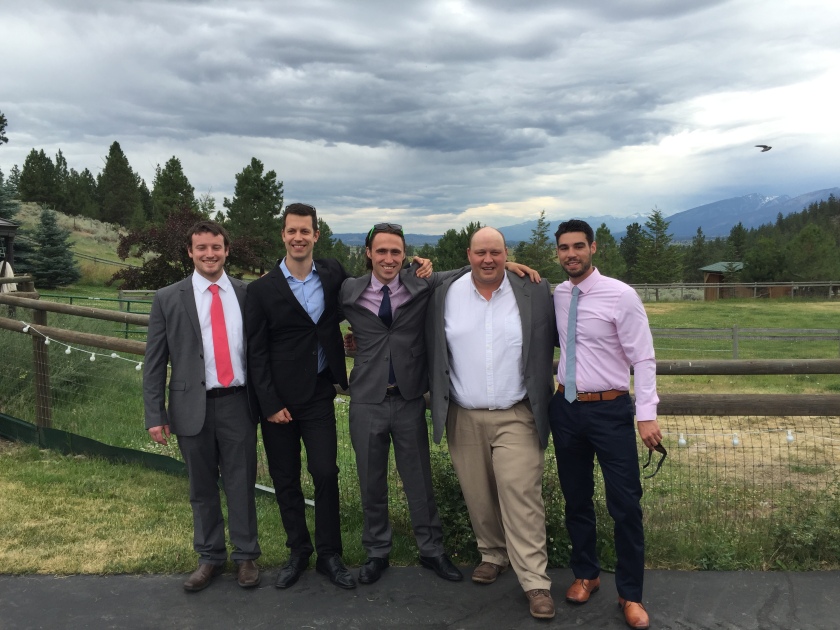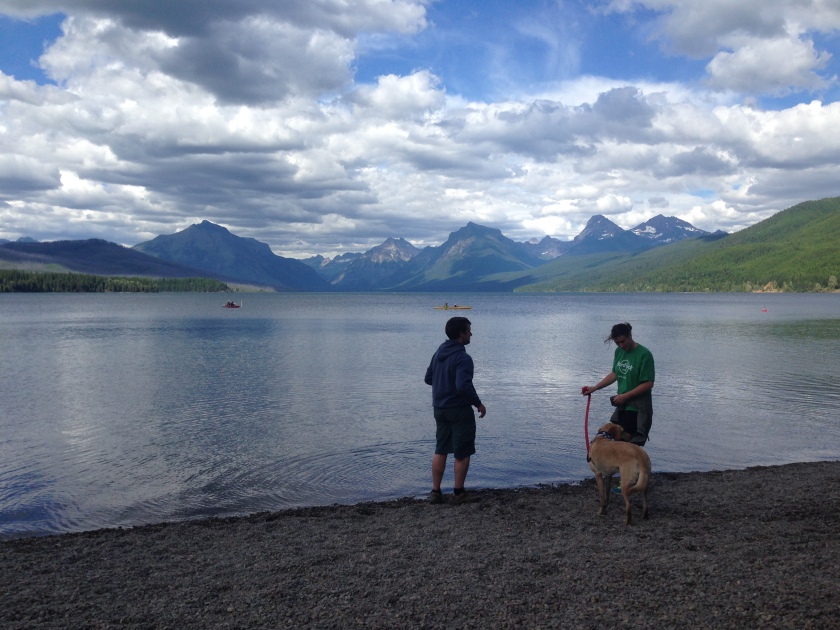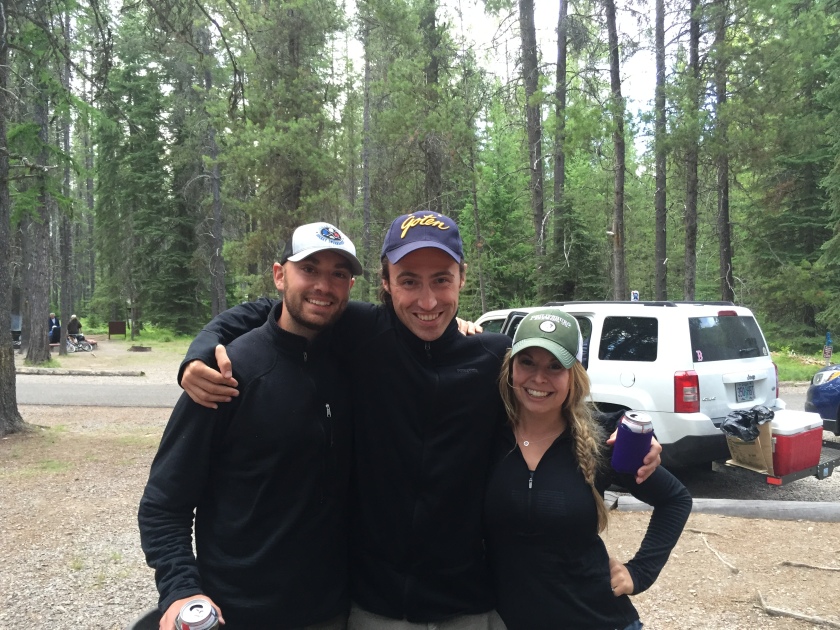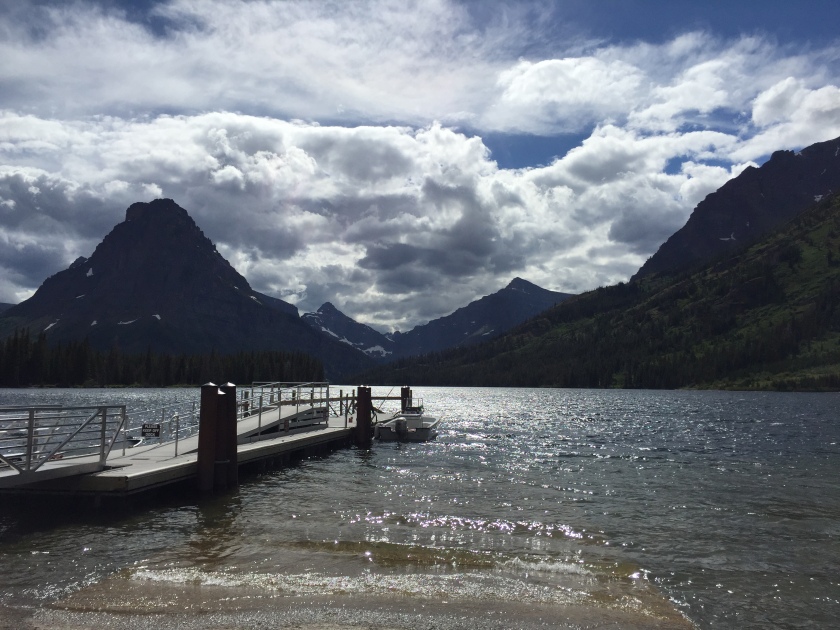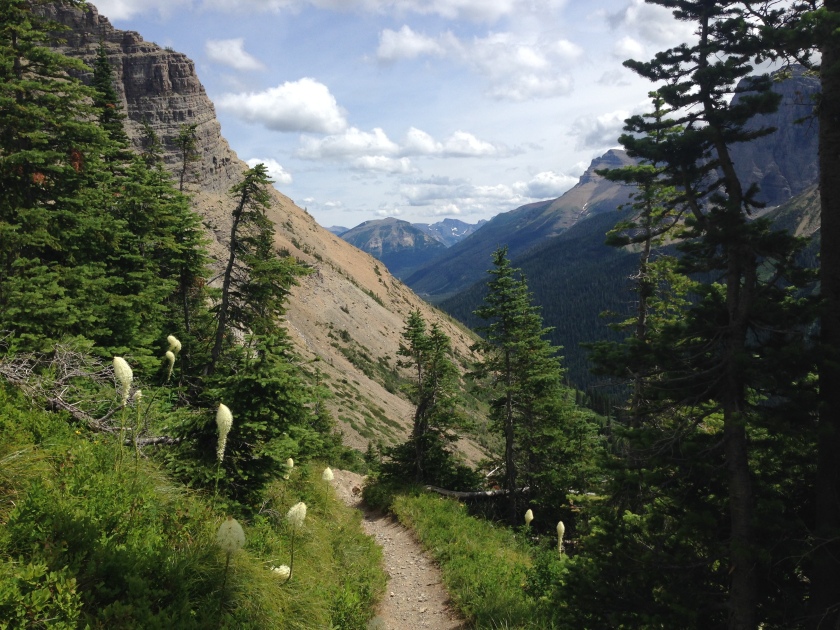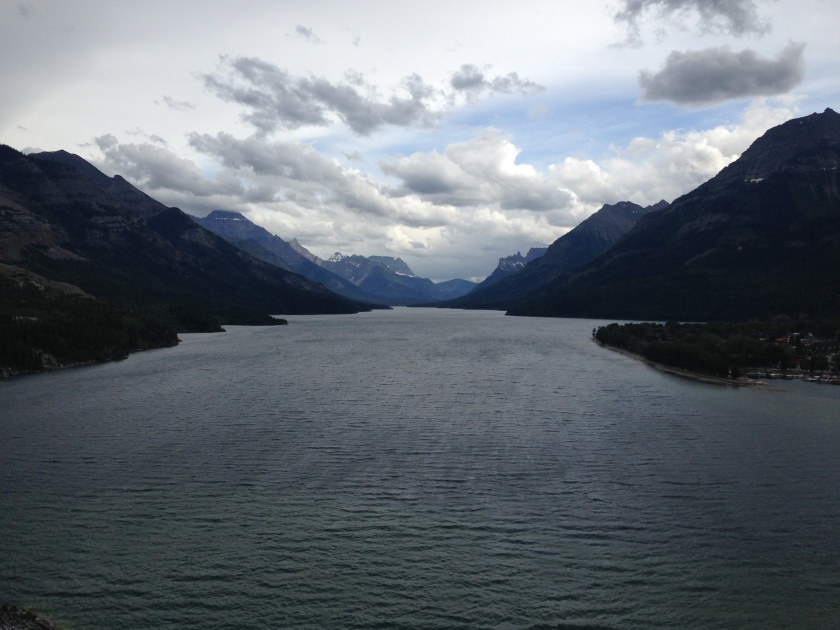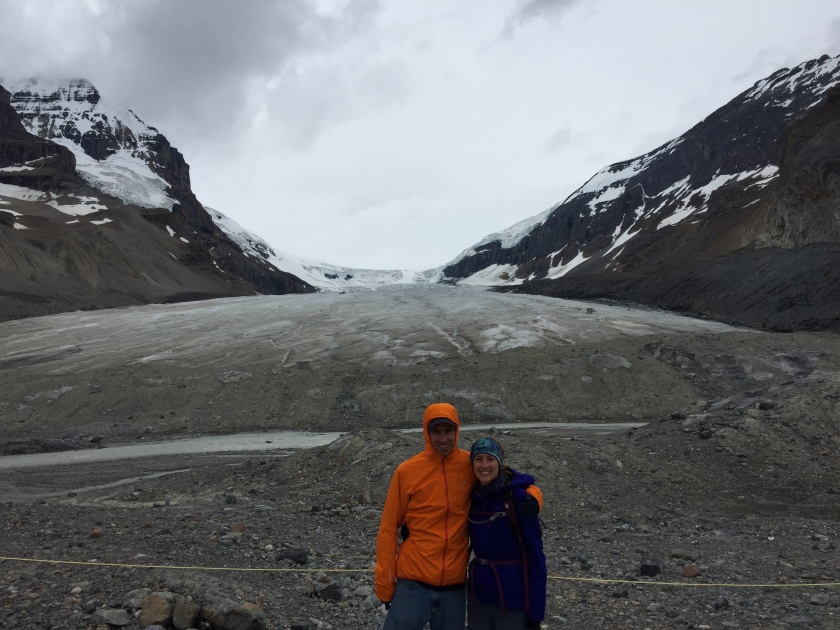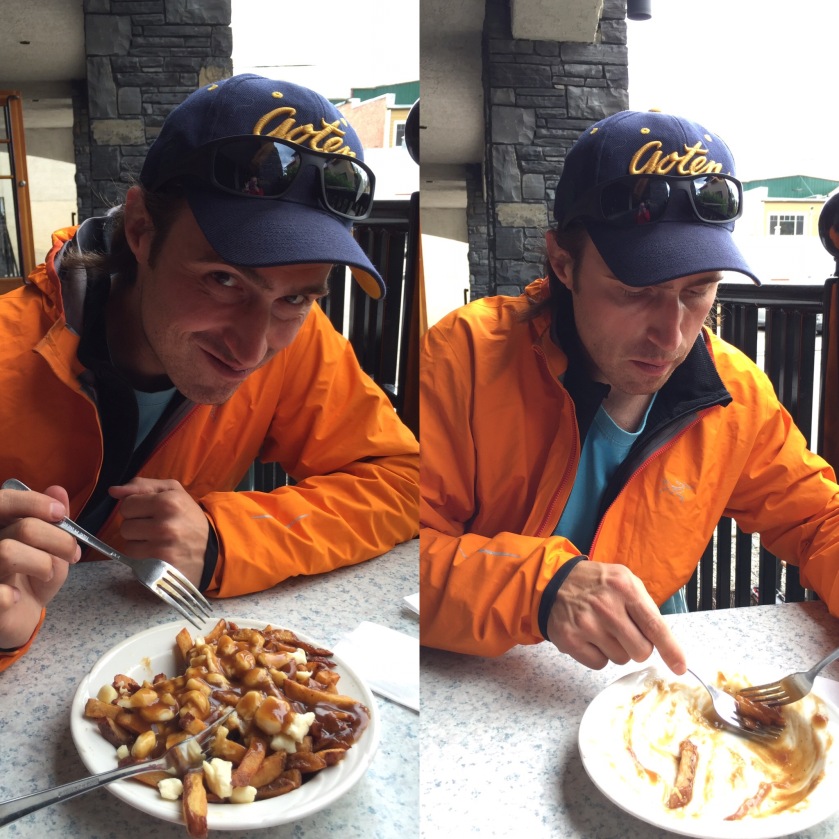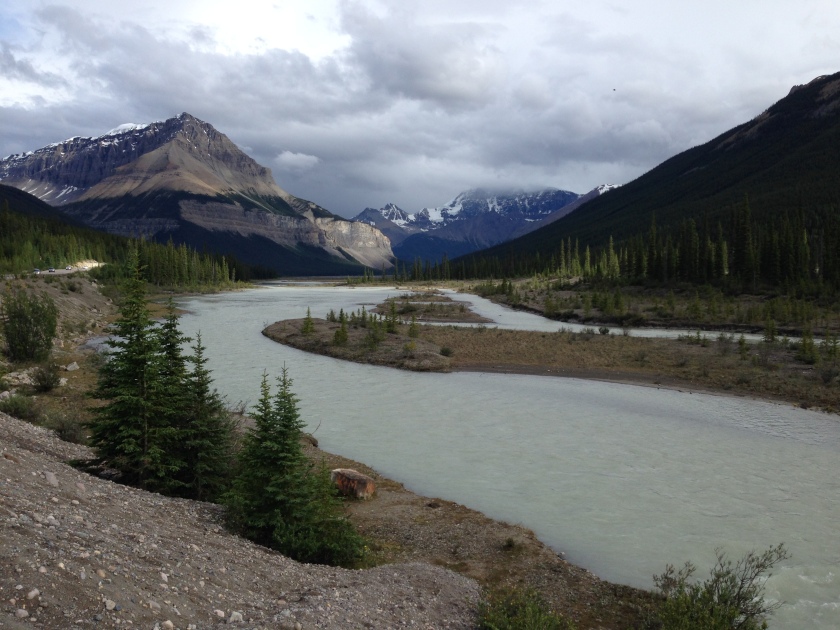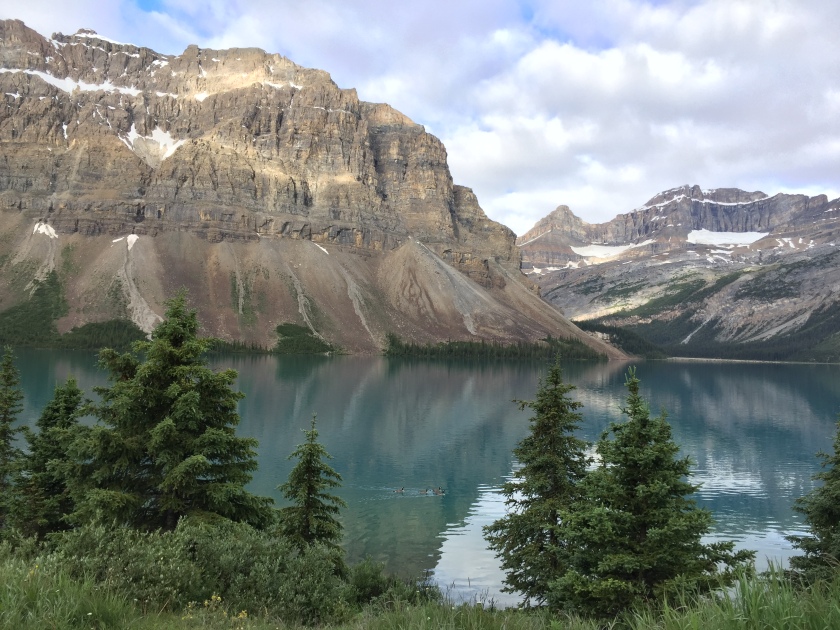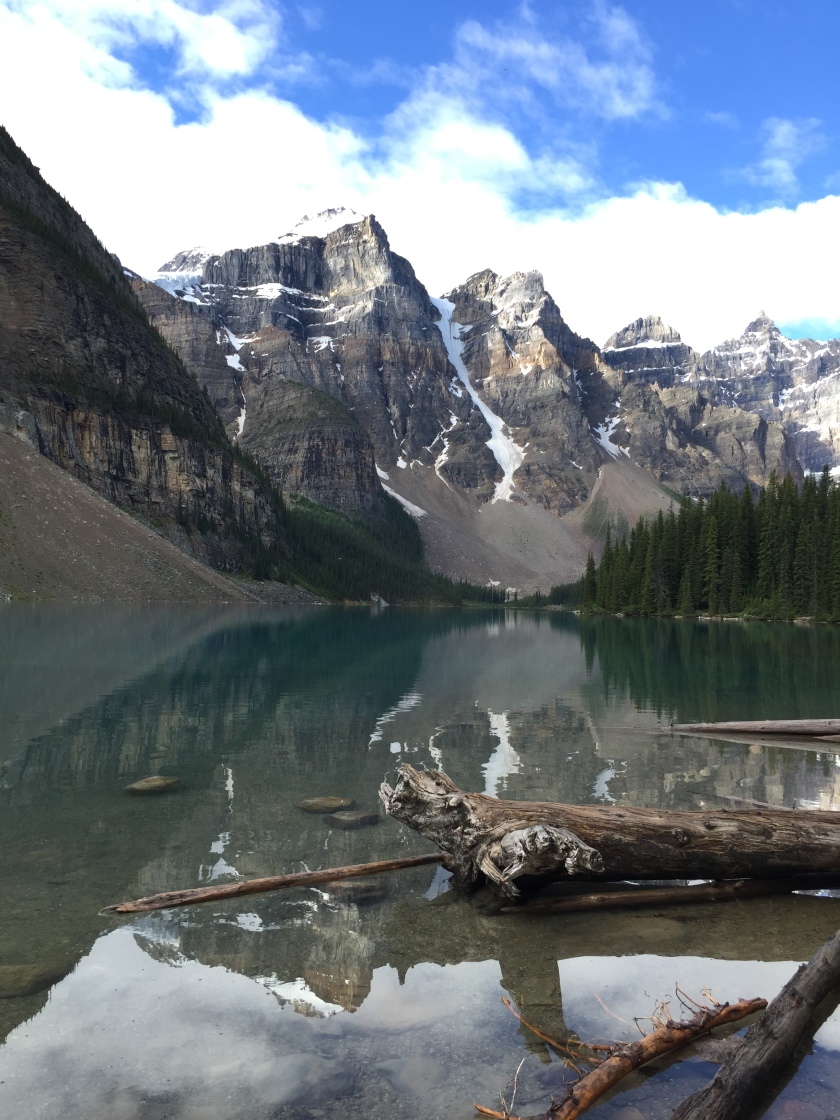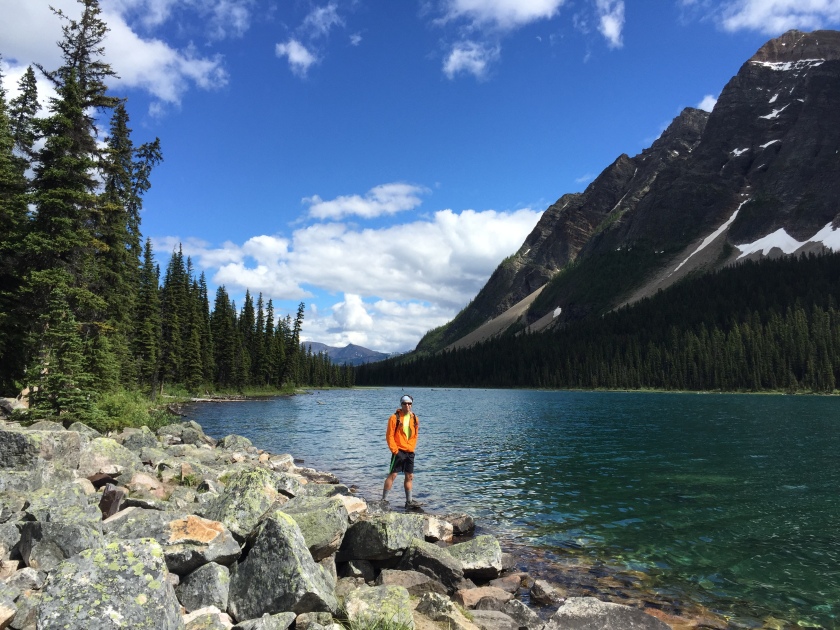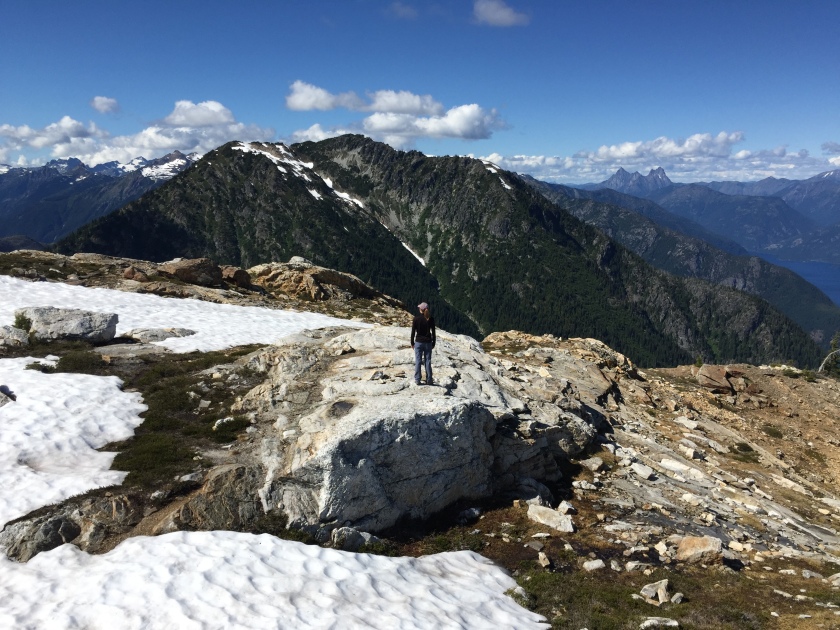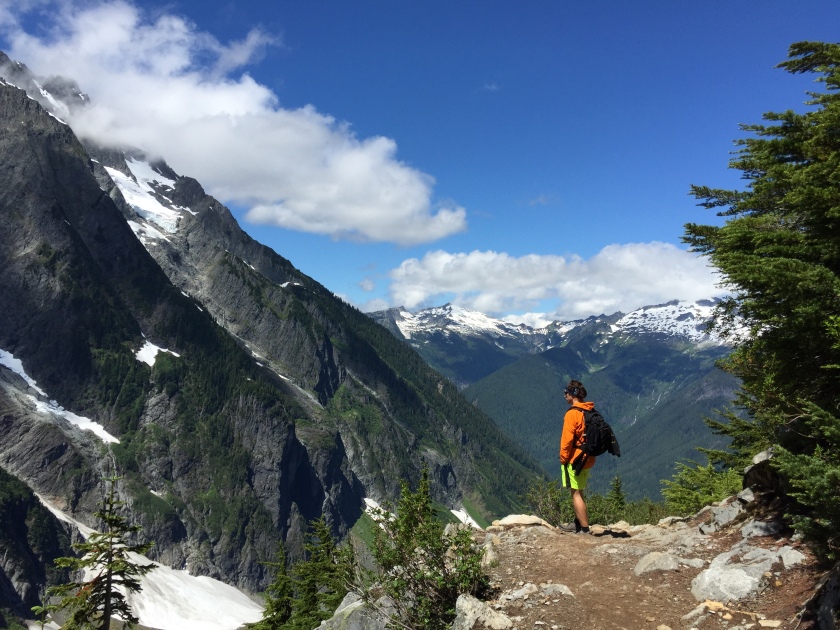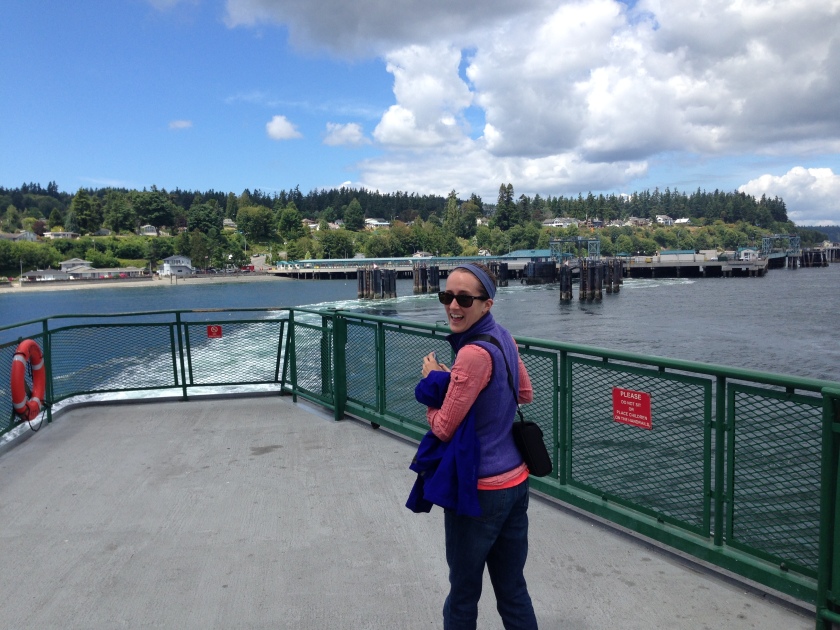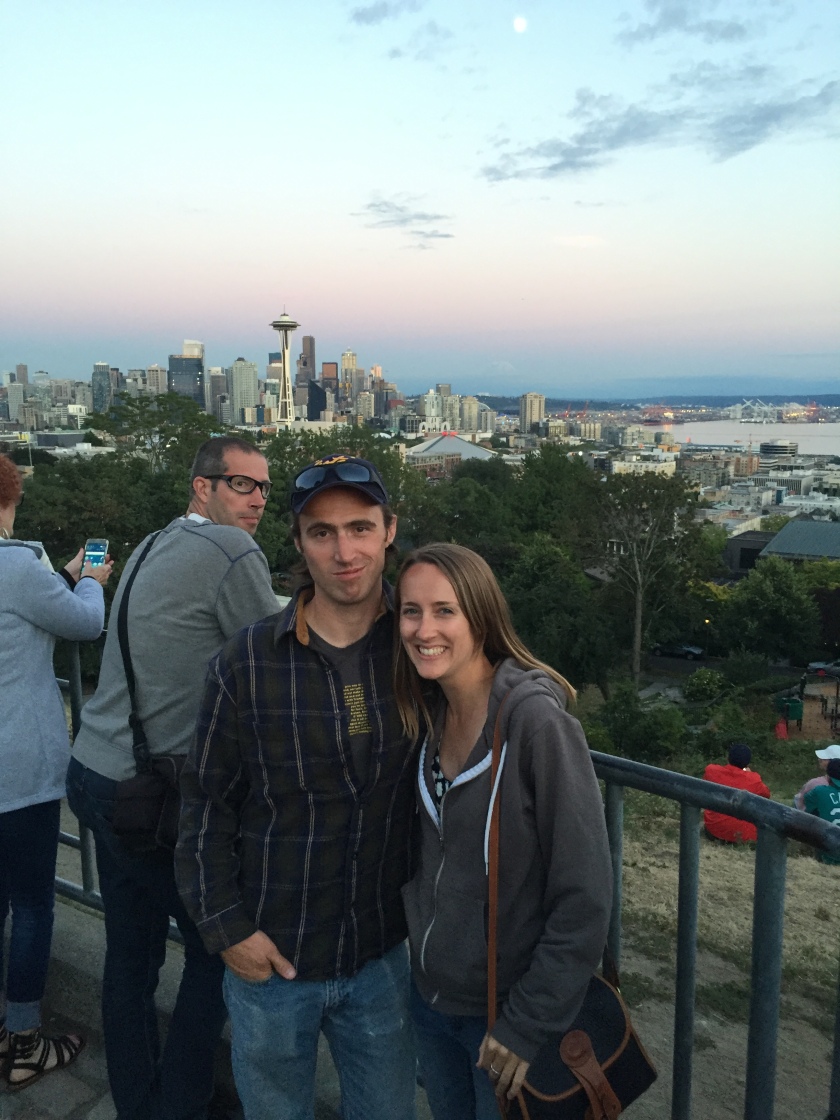For four months, Kaitlyn and I drove 21,837 miles around North America. Ten days and 1,352 miles were in a rental car. The remaining 108 days and 20,485 miles were in our Outback. For four months, we averaged about 190 miles, or around three hours, of driving per day.
For four months, we made the most of our daily three hours in the car. We split the driving. The driver held veto powers over the stereo. Our own music became repetitive after several weeks, and AM/FM radio across much of the country is dominated by Christian rock, panderers of propaganda and preachers of extremism (none of which are really our style), so most of the time we listened to podcasts. Our favorite was Stuff You Should Know, but Radiolab, Freakonomics, More Perfect, StartUp and The Moth each received plenty of airtime. The passenger would figure out the route and the stops, and if co-piloting or logistics-researching was not needed, he or she would usually read, or write, or watch the scenery drift by.
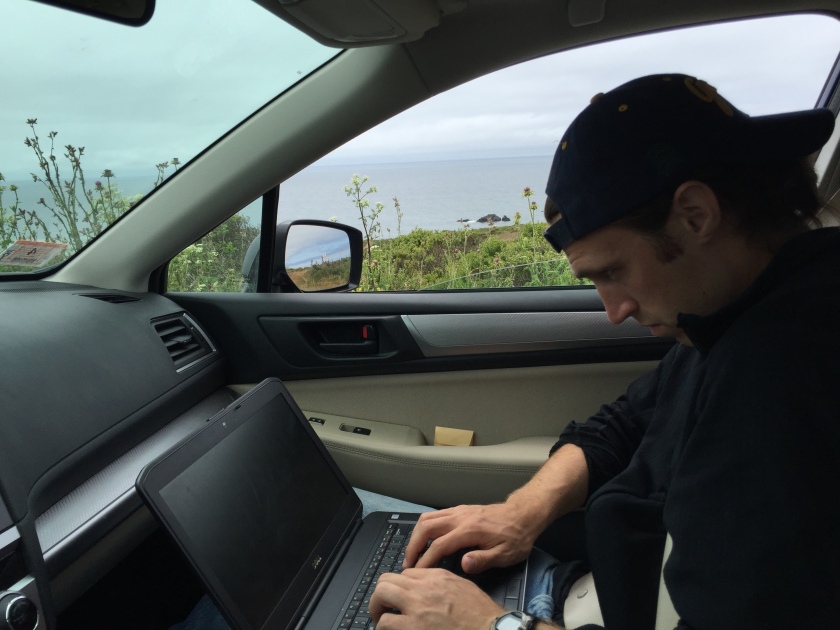
For four months, the Outback was our home. It held everything we needed, and lots we didn’t. We learned on the fly how to live out of a car. We developed a system that worked for us. The cooler stayed in the back, accessible with the hatch open. We stored dry food and gear around the cooler. Kaitlyn and I each claimed half the middle section for our own clothes, books, and other personal items. The things used most remained near the surface, things used least stayed near the bottom. We never had to resort to spending a night in the car, but the option existed as a last resort.
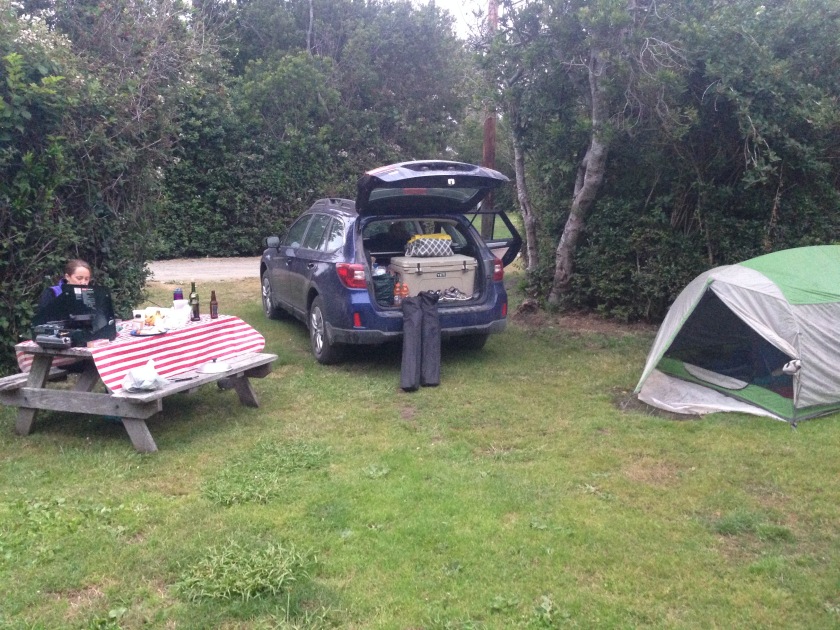
For four months, we grew close to our home, and soon felt she needed a name. We ultimately decided on Zuzu after much deliberation. Zuzu, of course, is the name of George Bailey’s youngest daughter in Frank Capra’s It’s A Wonderful Life, and George Bailey, of course, is possibly the most endearing character in the history of film.
***
I guess you could say that James Stewart’s on-screen persona is a sort of fictional role model for me. He’s a hero of the working class who personifies many of my own values, such as family, helping others in need, and standing up to the Henry F. Potters of the world. One of my favorite annual traditions is watching the movie on Christmas Eve. In fact, our mutual love of this movie is one thing that brought Kaitlyn and I closer together early in our relationship. George Bailey, I’ll love you ’til the day I die.
This year Kaitlyn and I were able to accomplish something that George Bailey always wanted to do but never could due to his moral obligations. Our travel sounds may have consisted of more Subaru engine turn-overs than anchor chains, plane motors and train whistles, but fortunately no old Building & Loan responsibilities preoccupied us from hitting the road. Youth may be wasted on all the wrong people, but one cannot say it has been wasted on us.
The movie ends [SPOILER ALERT!!!…lol, is that necessary for a seventy-year-old film?] with George, in dire straits and contemplating suicide, being shown how dystopian the world might have been had he never existed. As Clarence the clock maker, George’s guardian angel, points out,
“Strange, isn’t it? Each man’s life touches so many other lives. When he isn’t around he leaves an awful hole, doesn’t he?”
Words of wisdom right there. After his vision, George realizes that his truly is a wonderful life. He recognizes meaning that he previously failed to recognize. George returns home to his wife and children, and then all his friends, family and neighbors (and even the bank examiner!) show up on Christmas Eve to help bail him out of his financial troubles. And everyone lives happily ever after, especially George, who has conquered his discouragement with the help of divine intervention. Hee-haw!
***
And so, we named our car Zuzu in honor of the ever endearing George Bailey.
In the four-point-five months since we ended our road trip, we’ve run up the odometer another eight thousand miles. These miles covered trips to Cape Cod, Pennsylvania, New Haven, Brooklyn and Maryland, Greater Boston, Vermont, Vermont again, Maine and New Hampshire, New Haven again, Cape Cod again and Greater Boston again, plus plenty of local driving around Western Massachusetts (we get around). Zuzu is a lot less full these days, and her stereo often sings a different tune (e.g. WSRI 93.9 The River, The Hamilton Soundtrack) than it did five months ago. We are still figuring stuff out, but we carry on nonetheless.
Driving can be a drag. Maneuvering traffic from A to B and back to A can seem like a repetitive out-and-back slog that ought to be completed in as little time as possible. This feeling is independent of the desirability of the destination: driving to reach a destination of your own volition can feel as chore-like as a commute to work or a trip to the store. Mostly it was different with our trip because every mile we covered felt like progress. Our destinations were ever changing, but our direction remained constant. We were always moving forward, always movin’ right along.
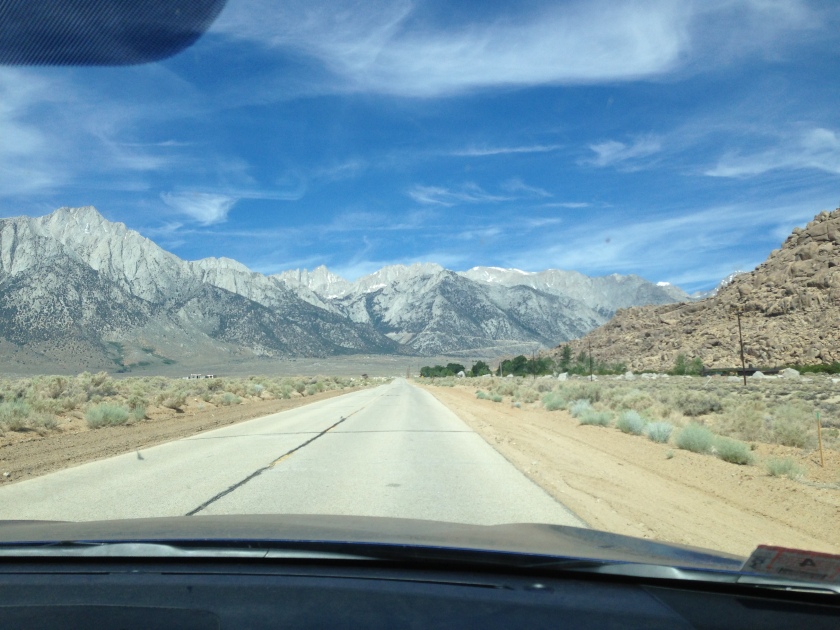
It is harder to recognize meaning in driving, or in any of the numerous tasks we complete every day in normal life. We’re not all so lucky as George Bailey as to experience such blatant and visual divine intervention. But for me, each gentle tap of Zuzu’s pedals is a reminder of the incredible journey Kaitlyn and I made this summer, of how fortunate I am to have made such a journey, and how I must always try to persevere through discouragement and recognize meaning in every mile we drive, every step we take, and every day that passes.
“My mouth’s bleeding, Bert! My mouth’s Bleeding! Zuzu’s petals…Zuzu…There they are! Bert, what do you know about that! Merry Christmas!”
So please everyone, have yourselves a merry little Christmas, a happy Hanukah, a happy Festivus. No matter what you celebrate as the year comes to a close, remember that the original purpose for holding a holiday in the dead of winter, long before organized religion and shows about nothing, was to gather together and celebrate the longest night, because it meant that days will begin to grow longer. Times may be tough now, but they will improve as long as we continue to help each other and stand up to the Mr. Potters of the world. Don’t let the consumerism and cold weather and the current events get you discouraged, and always look for the meaning in everything you do. I promise you, it’s there.
Merry Christmas you old Building & Loan. And remember, no man is a failure who has friends.
